WHAT was life like behind enemy lines during World War 1? What was it like being a German soldier? In a word: grim.
We’ve pulled together this gallery of photos from Germany 1914-18.
The Kaiser and his family emerge rather badly from these stylised pictures. They are pampered and powdered, a milk-fed coterie of toffs.
The soldiers are a blur. Each one had a life. Thinking about each life and how that person came to be in the mud and blood of the Western and Eastern fronts is too much to comprehend. Some wanted war. Most didn’t.
Argonnerwald, Argonnerwald,
Ein stiller Friedhof wirst du bald.
In deiner kühlen Erde ruht
So manches tapfere Soldatenblut.
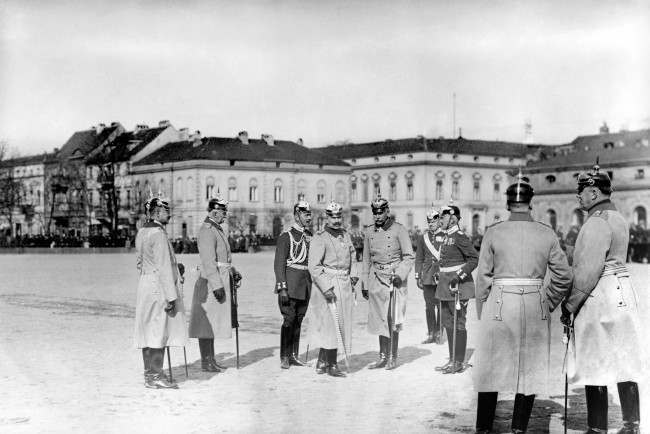
Kaiser Wilhelm II stands with officers as he prepares to inspect a group of gunners who performed well in tests of marksmanship.
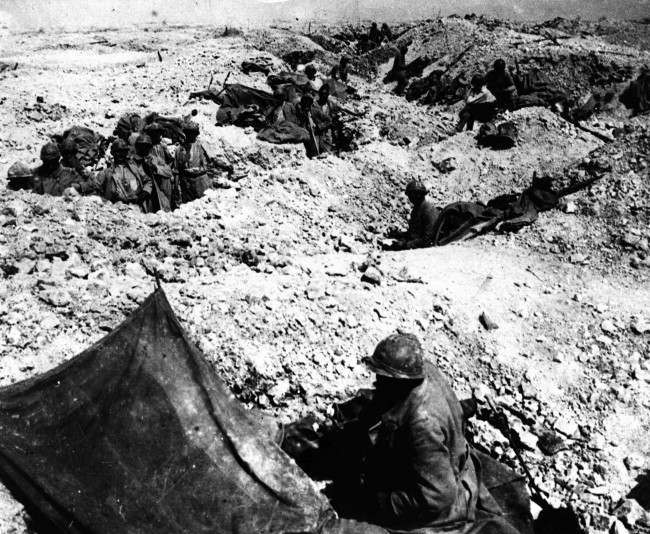
Blood-soaked and with innumerable shell-holes, the heights close to the French city of Verdun are testimony to one of the savage battles of the First World War. Over one half million dead on both sides, and the destruction of the German strategic concepts that had given them so many victories over the allies up to this point in the war.
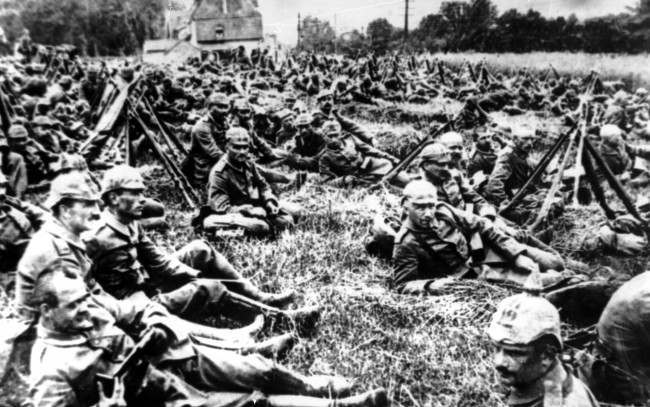
In this undated photo German soldiers resting near Ypres, Belgium on the way to the Flanders battle front during World War I.
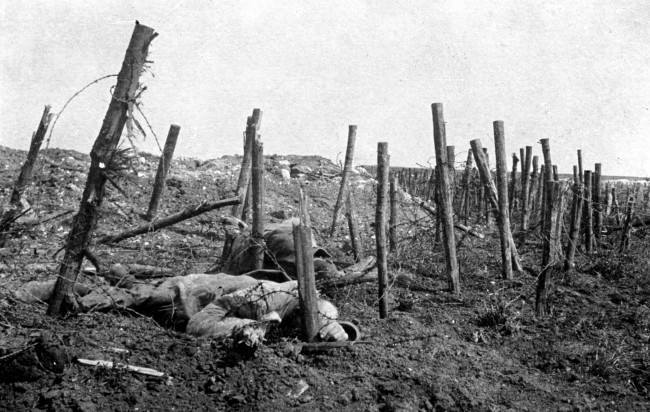
1915 : GERMAN SOLDIERS LIE DEAD IN A BELT OF BARBED WIRE DURING THE FIRST WORLD WAR.
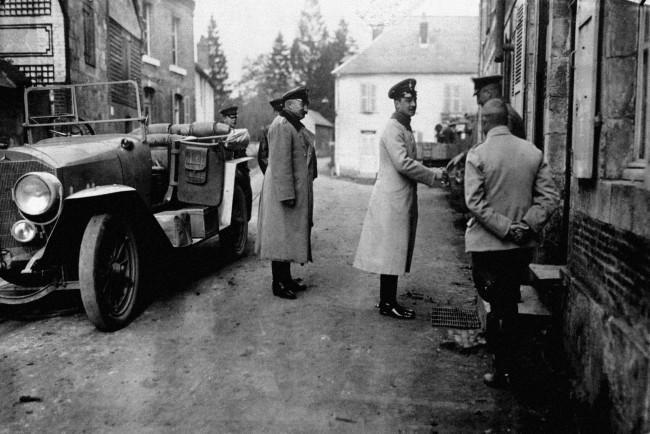
The Duke of Brunswick (formerly Prince Ernst of Cumberland), the Kaiser’s son-in-law, visits a village behind the German lines in France.
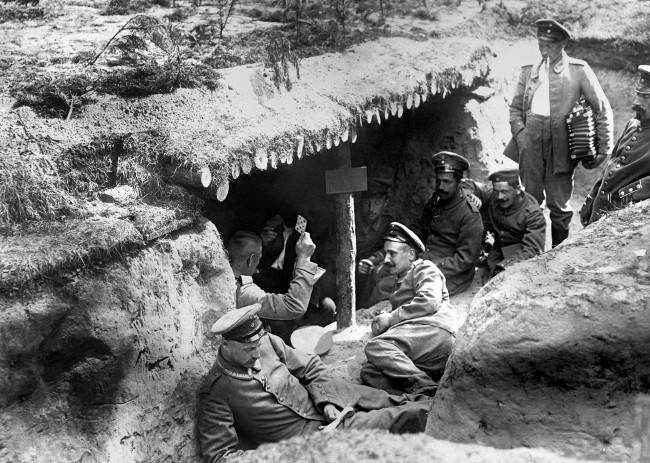
German soldiers of the 12th (2nd Brandenburg) Regiment playing cards in a dugout in a shallow trench in German-occupied Russian Poland during the First World War. One of the soldiers (far right) is holding an accordion.
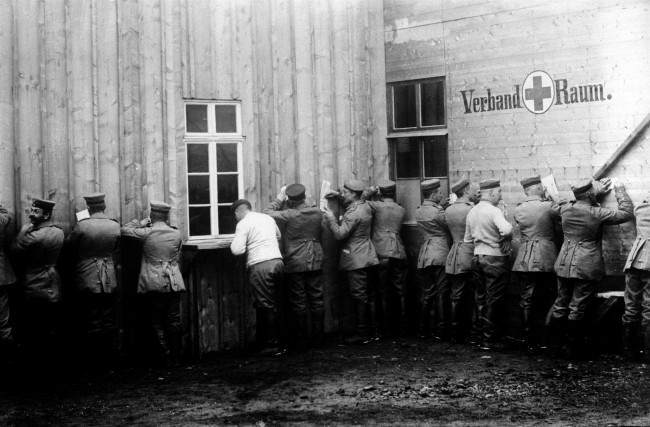
c1915: German soldiers, outside a Field Post Office, making use of a wall to write home from the Front.
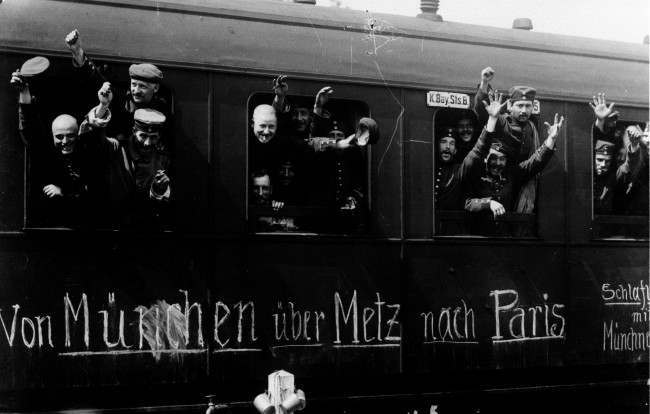
1915: Cheerful Bavarian soldiers of the German Army wave from their troop train as they leave Munich for the Western Front (via Metz) and, they hope, the fall of Paris.
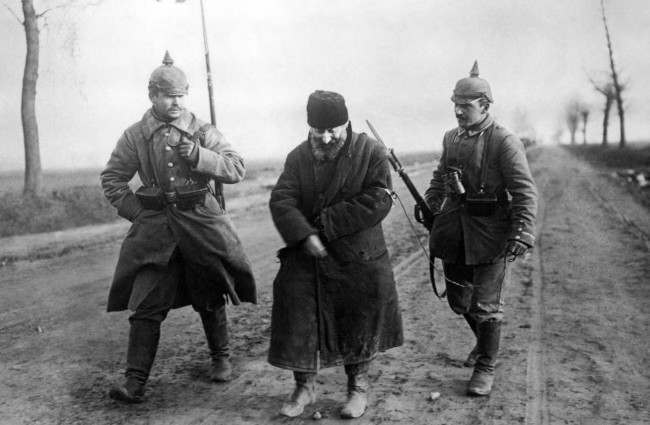
Russian prisoner
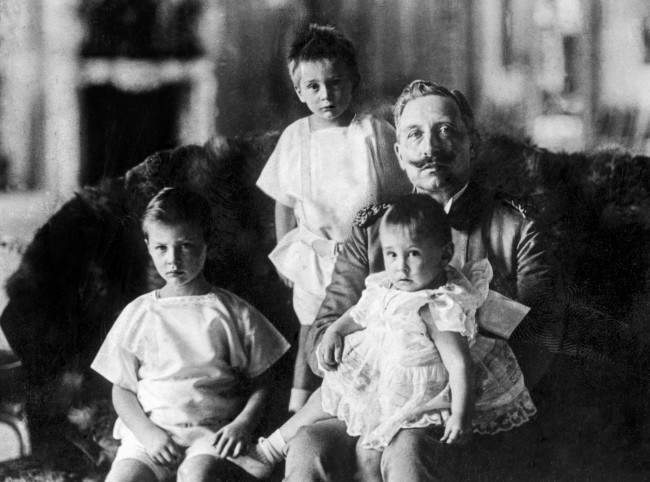
Kaiser Wilhelm II with his grandchildren. From left to right: Prince Wilhelm, Prince Louis Ferdinand and Prince Hubertus.

An illustration of Kaiser Wilhelm II and three of his sons (names unknown).

German troops advancing in Ham, France in an undated photo.

German troops saw tree trunks in the Argonne, for use in dug-outs and trenches.
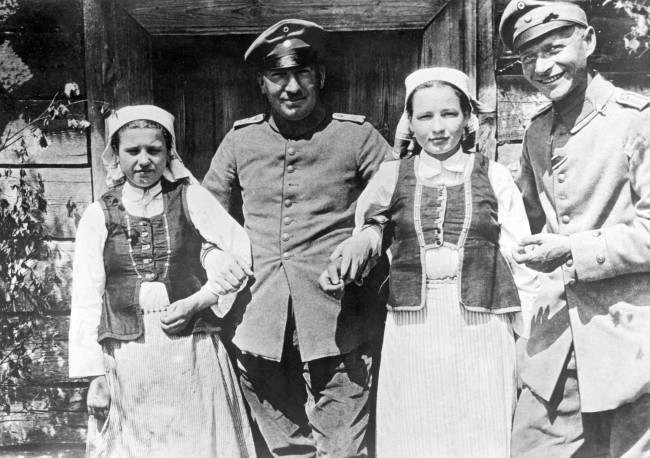
German soldiers arm-in-arm with two Polish girls.
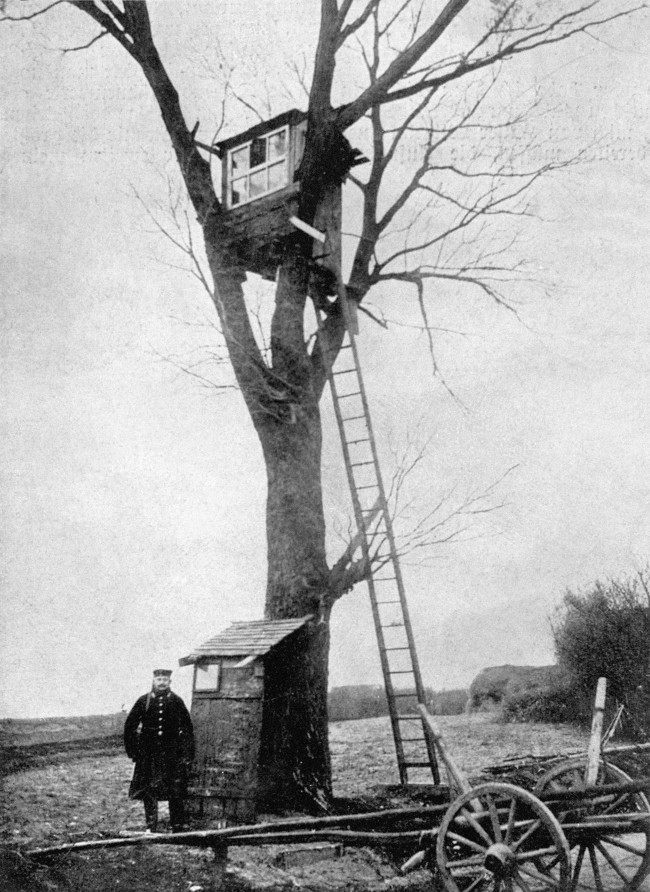
A German Army observation post in a tree.
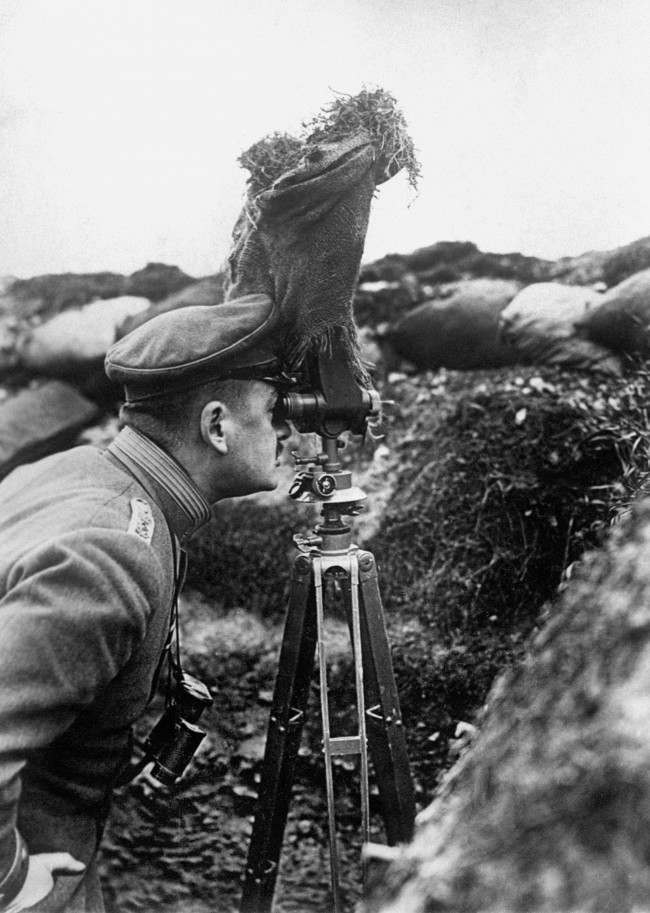
A German Army officer taking observations from a trench by means of a pair of periscope binoculars screened with sacking.
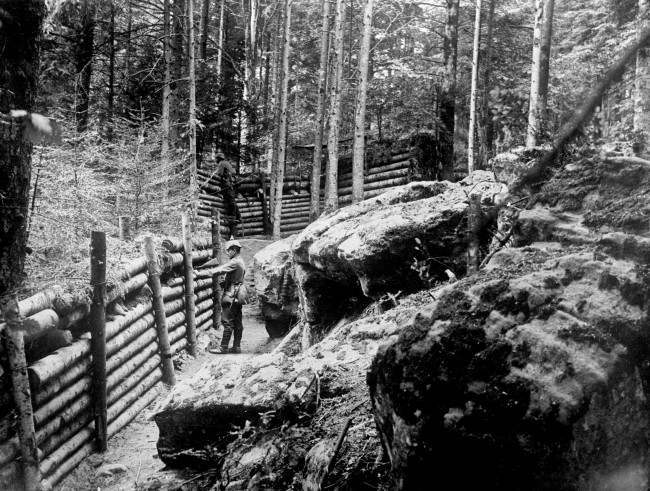
GERMAN SOLDIERS MANNING TRENCHES IN THE VOSGES REGION OF FRANCE. 1915.
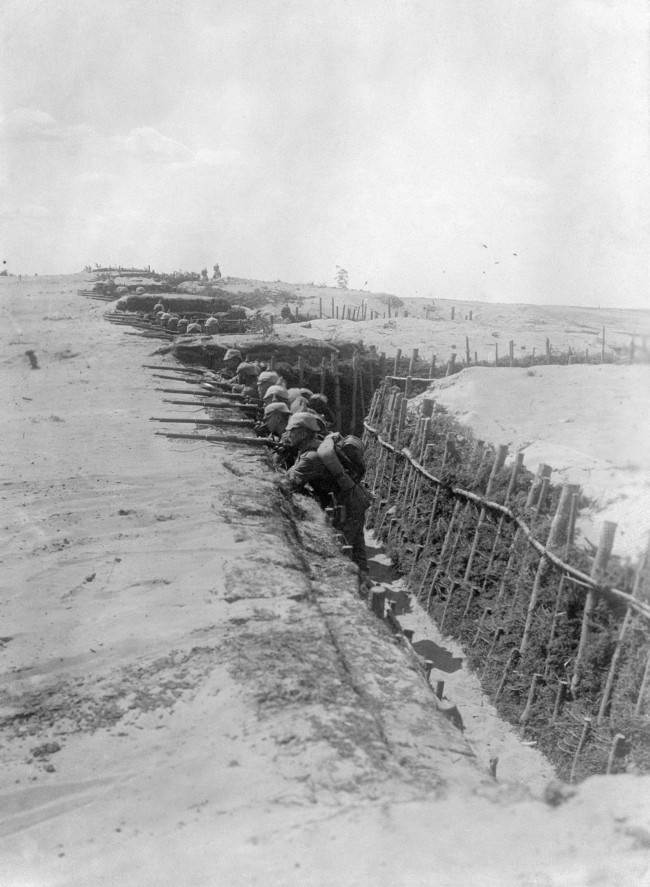
A German trench on the Eastern Front near Ivangorod

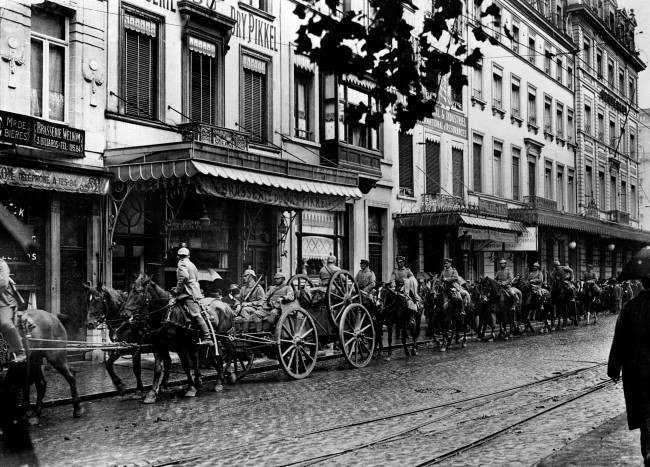
German artillery during the German occupation of Brussells
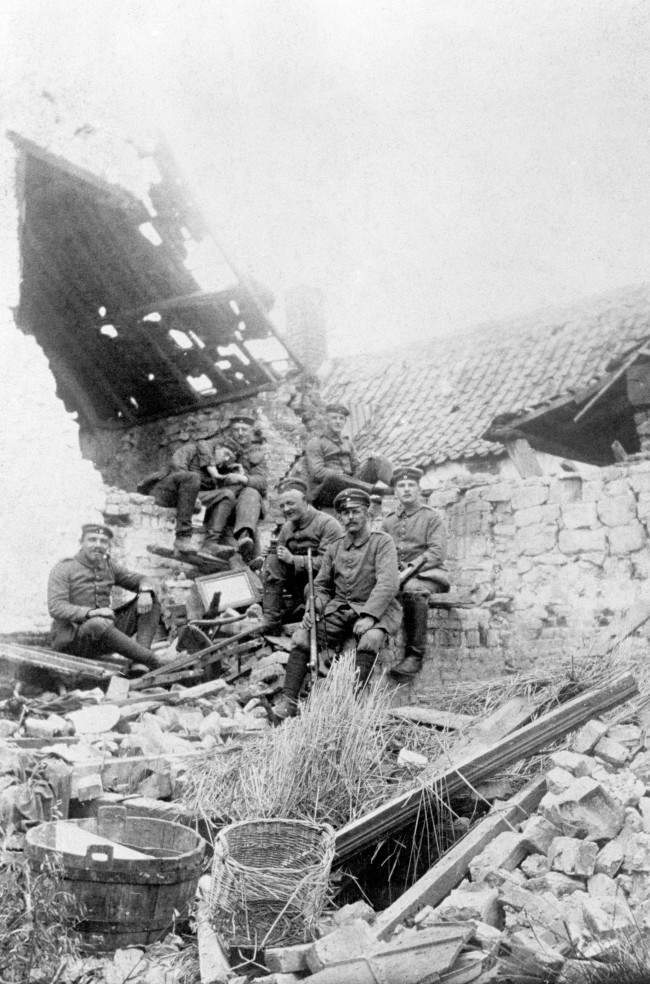
German troops relax in a ruined farmhouse during their occupation of Loos
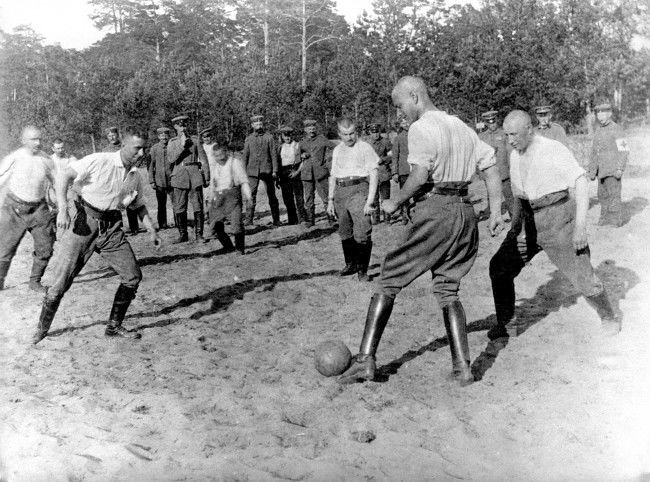
German troops playing football behind the lines
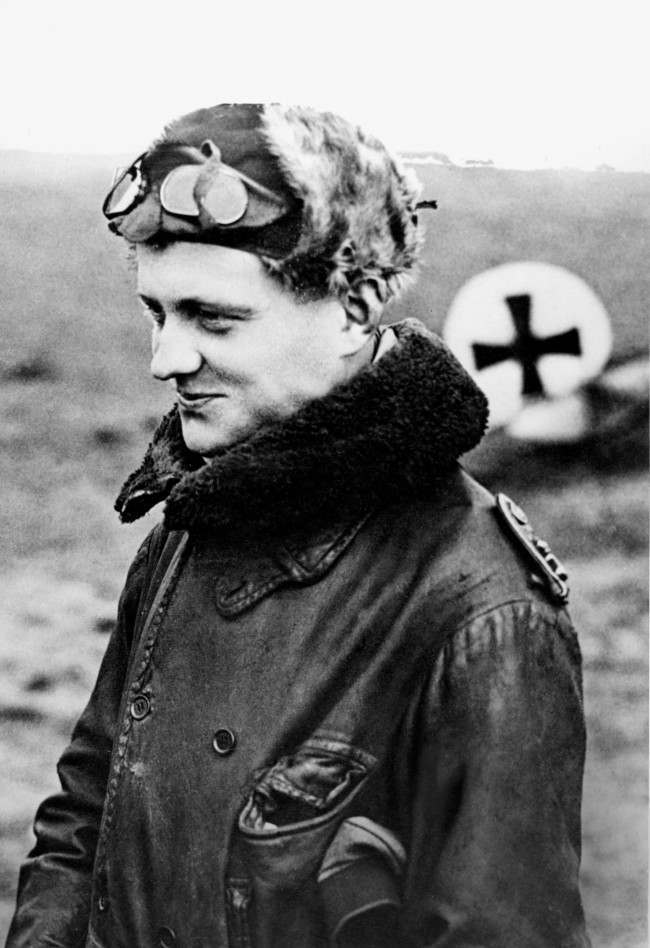
German airman Manfred von Richthofen, called the “Red Baron,” is shown returning from a mission at his squadron’s aerodrome at the Front in World War I in 1916. Behind him is the German Cross that marks his plane. (AP Photo)
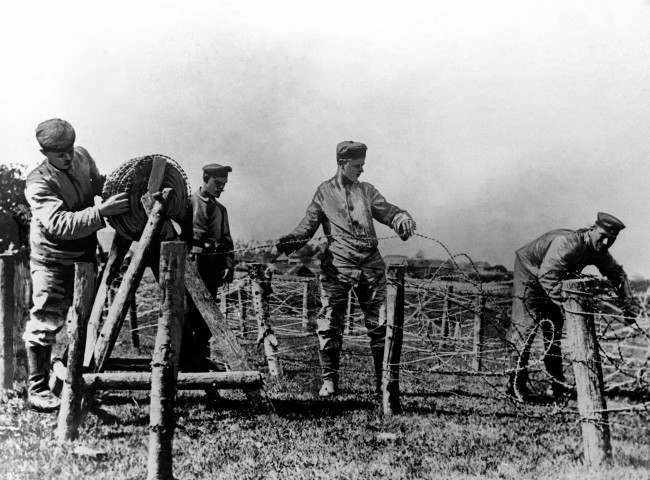
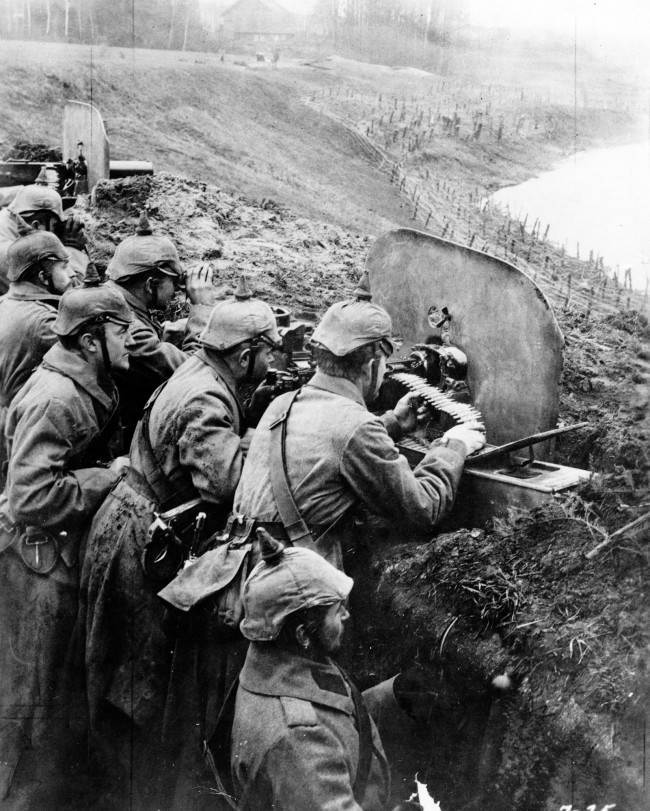
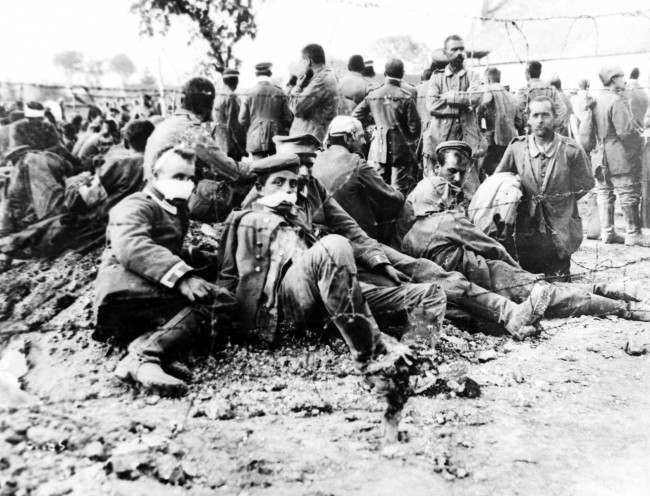
German wounded captured in British first attack. These men are Baden troops in Morlancourt, near Albert, France in July 1916. (AP Photo)

19th January – On this Day in History – 1915 On this day in 1915, the first german Airship raid on the mainland of Great Britain claims 4 lives.
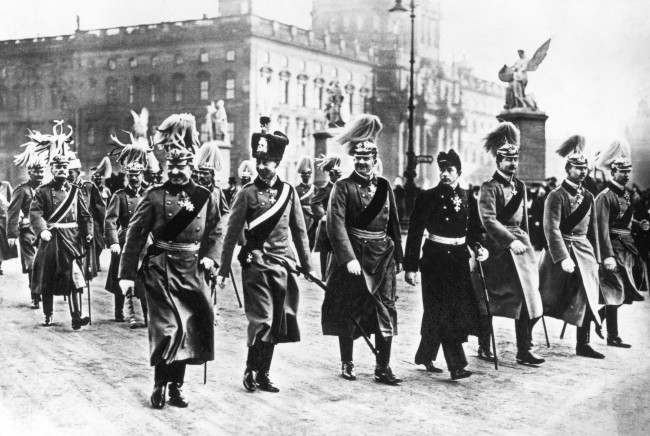
Kaiser Wilhelm II and his six sons.
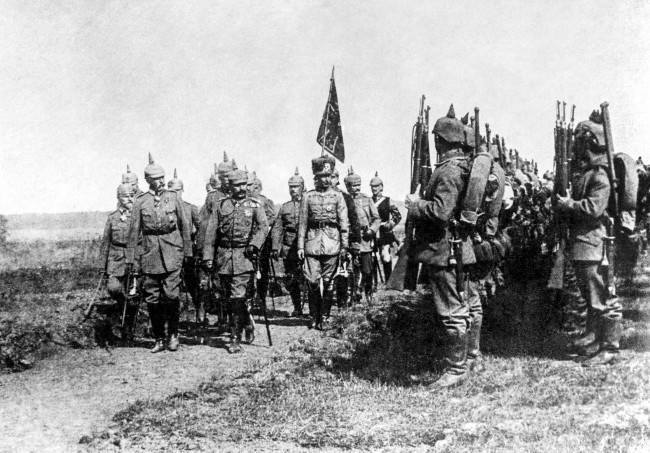
Kaiser Wilhelm II prepares to award Iron Crosses to infantry who distinguished themselves in battle.
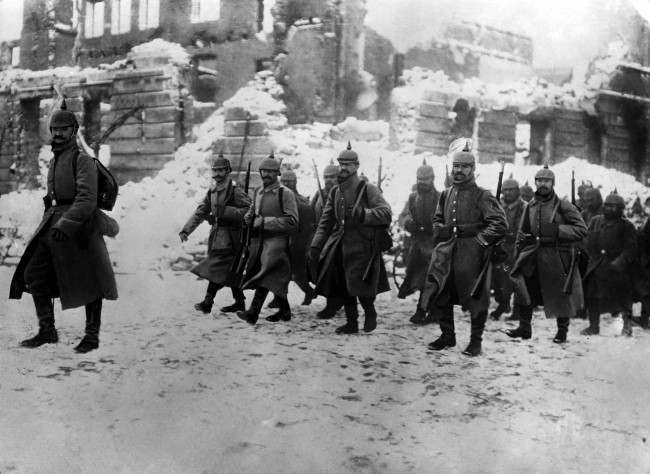
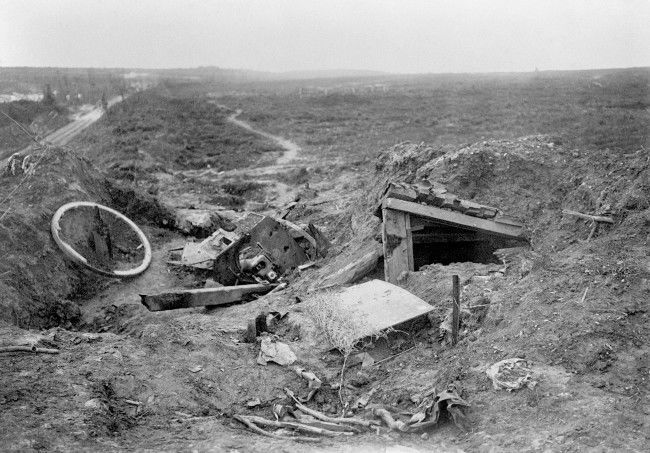
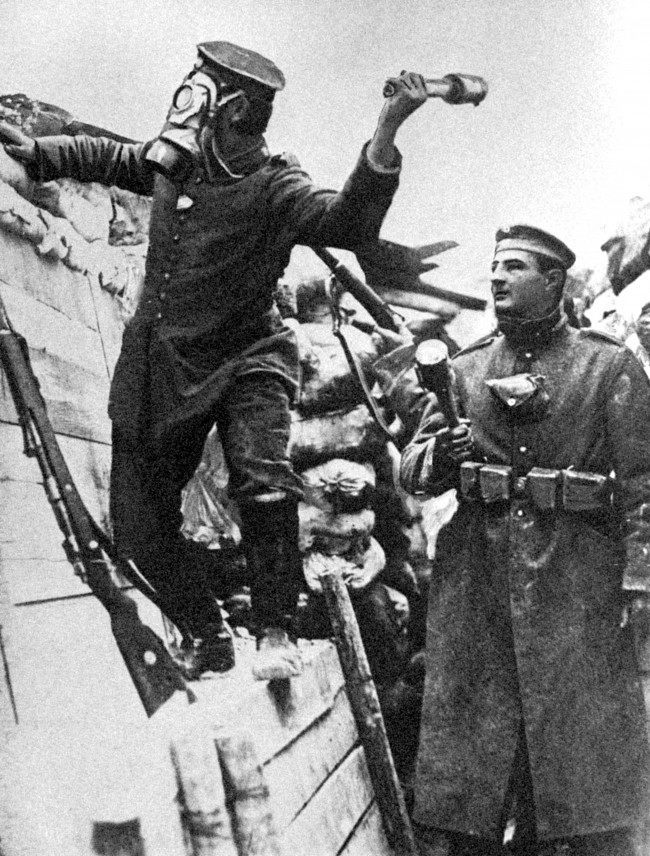
German soldiers wearing gas masks and throwing hand grenades.
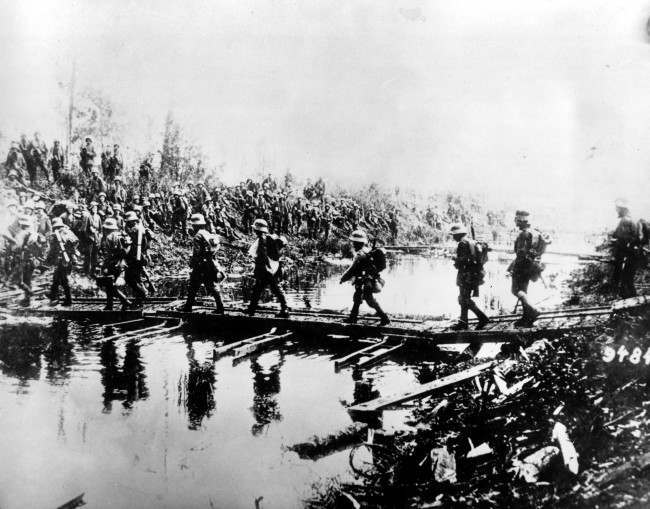
German troops pass over a temporary bridge at the western front in this undated photo during World War I.
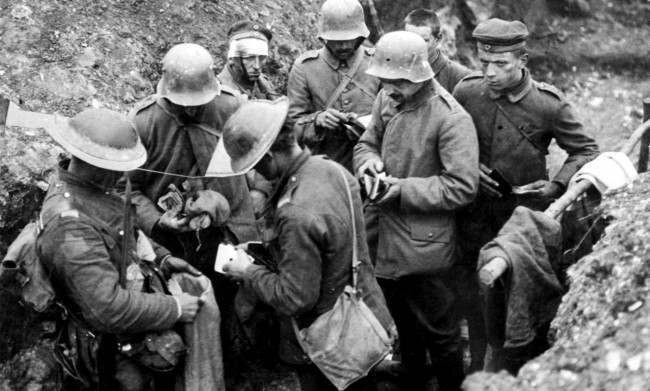
British troops sort through the belongings of German prisoners in a trench.
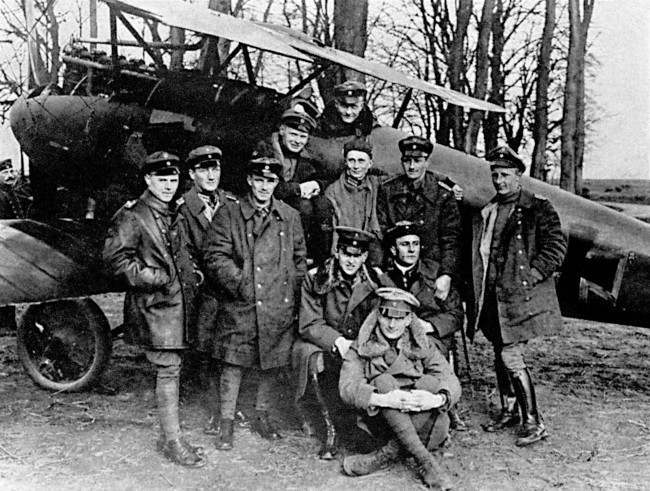
Baron Manfred Freiherr Von Richthofen sits in the cockpit of his Albatros fighter for a photograph with his squadron, Jagdstaffel III. Richthofen was credited with downing 80 Allied aircraft before being shot down over the Somme, Northern France, during what was known by pilots on both sides as ‘Bloody’ April, 1917. Manfred’s brother, Lothar, is seated at front (fur collar).
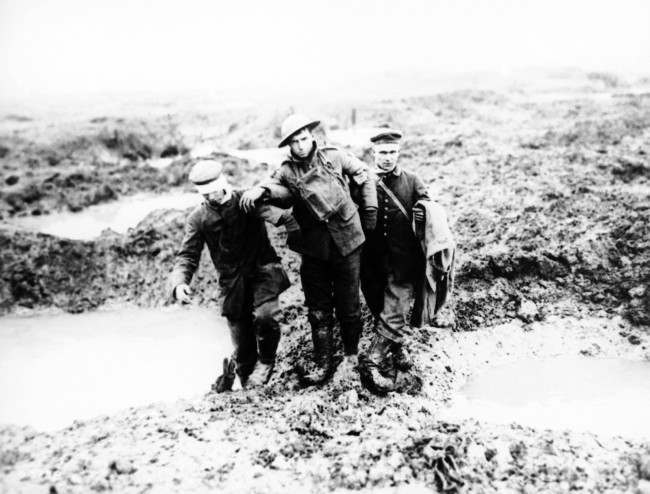
Canadian and German wounded help one another through the mud during the capture of Passchendaele in Belgium sometime between July and November 1917. (AP Photo)

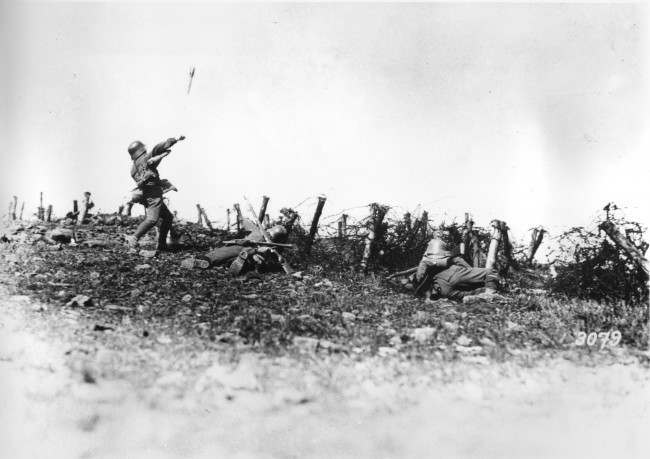
A German soldier throws a hand grenade against enemy positions, at an unknown battlefield during World War I
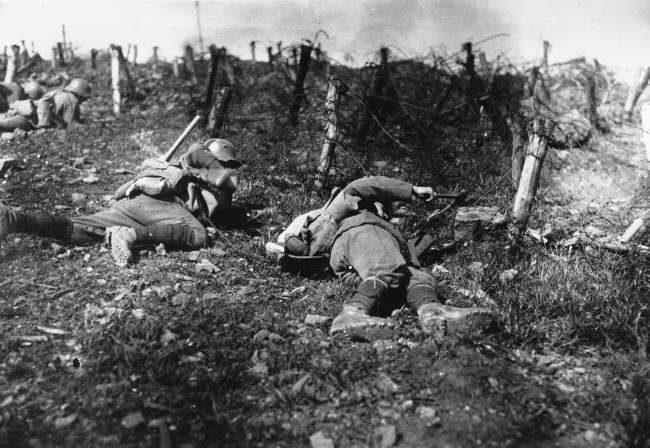
German troops stay close to the ground as one soldier uses pliers to cut barbed-fire fence during World War I. The location is unknown. (AP Photo)
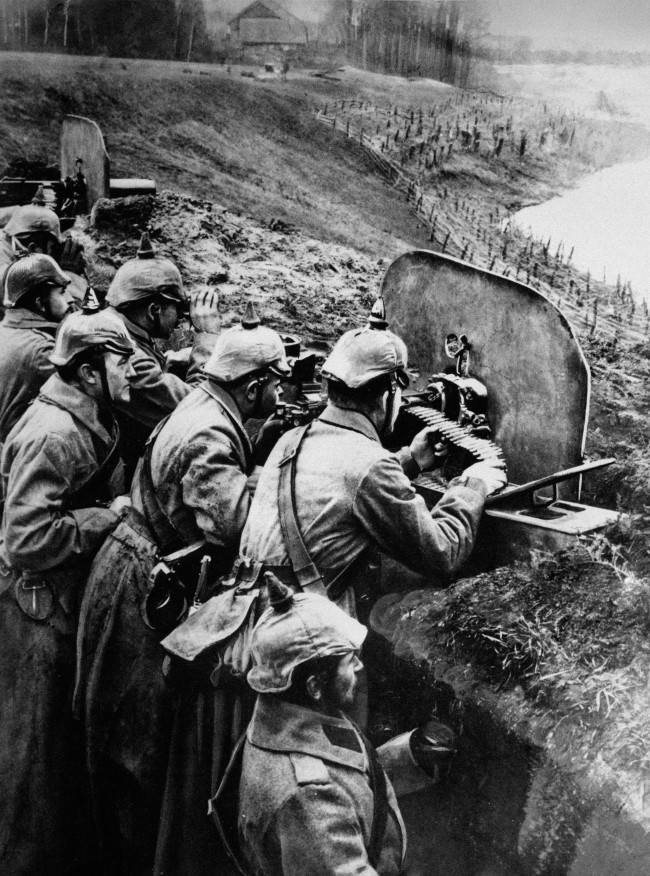
Ready for Russian rush – The Germans had better arms and better transportation than the Russians in World War I. Their machine guns devastated the masses of Russians rushing at them in attack. By the end of the first winter one Russian in four went into the field without a gun. Here German infantrymen aim their machine guns at the Russians from a trench at the Vistula River in Russia, in 1916.
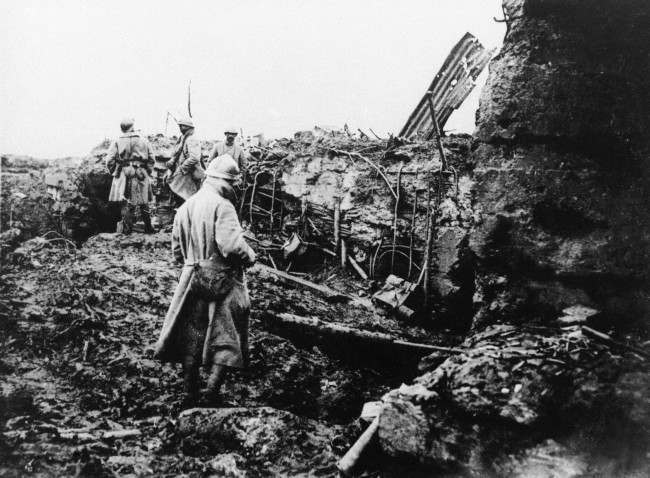
A reinforced German concrete shell shelters in Belgium being inspected by French officers after the Franco-British drive on Oct. 28, 1917. (AP Photo)

WWI, Belleau Wood showing dead German soldiers in France .
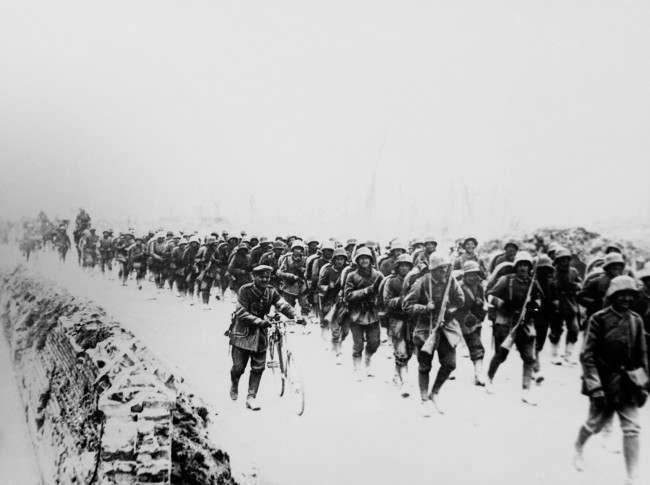
German troops advancing at the western front in 1918. Most of the boys are very young.
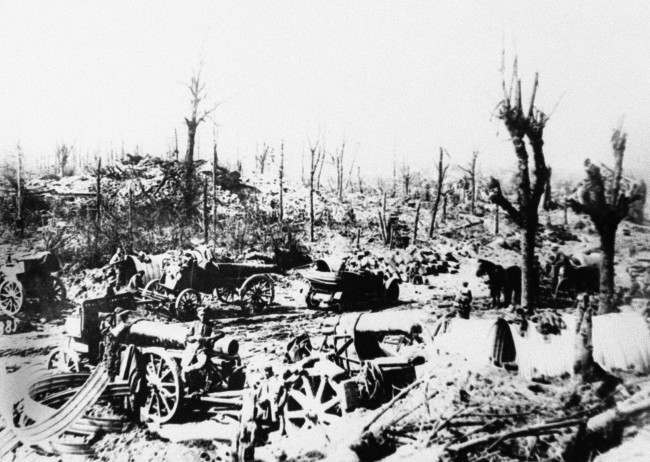
A German position at the western front, with heavy artillery in an undated photo.

German troops advancing in Ham, France in an undated photo.
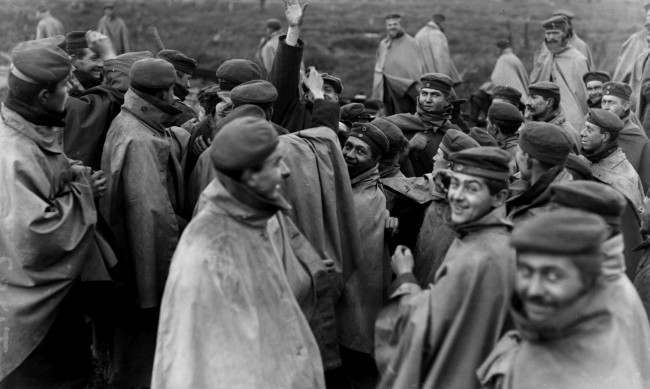
Cheerful German prisoners in forage caps and waterproof capes surround a member of a visiting News Agency in an effort to cadge cigarettes. Western Front, c1918.
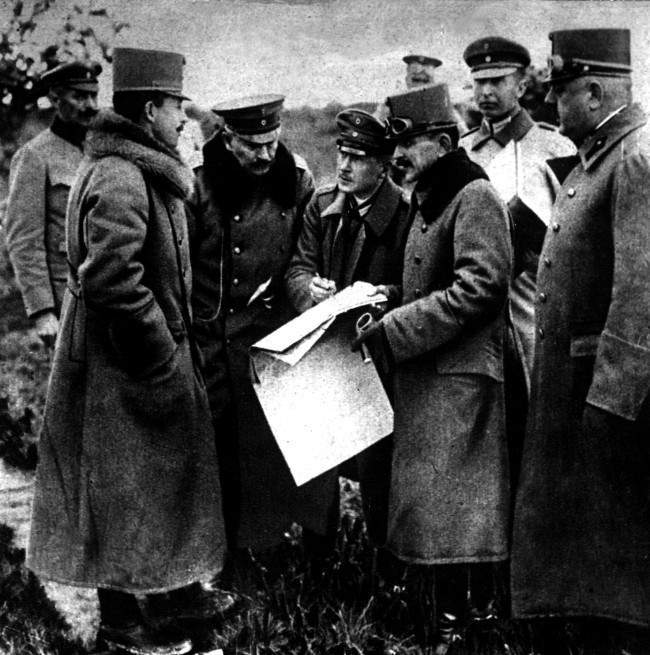
1918: The German Kaiser (3rd left) and the Emperor of Austria (2nd left) studying a map of Northern Italy during a visit to the Italian Front.
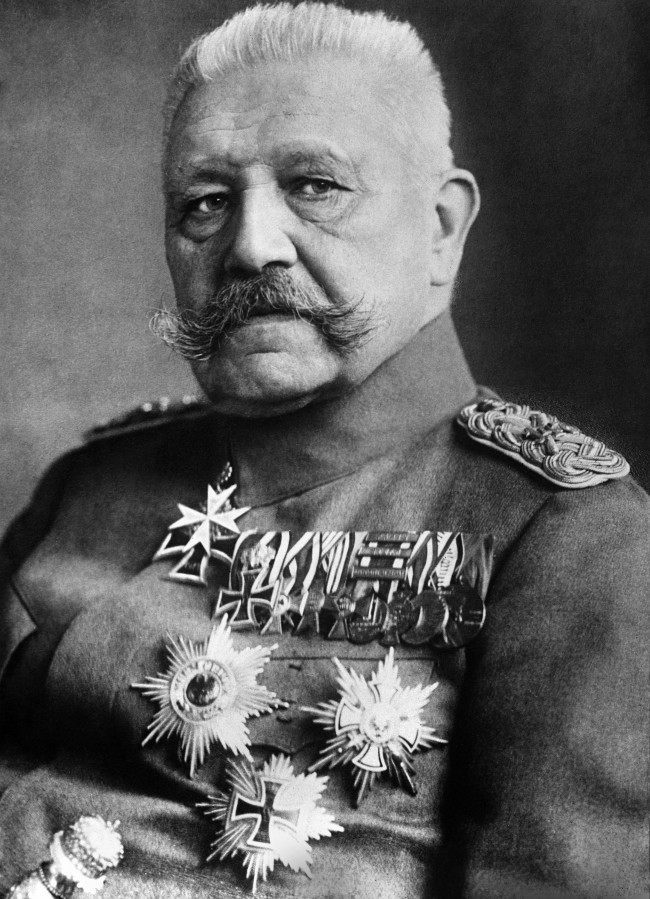
ELDMARSCHALL PAUL VON HINDENBURG c1918: A portrait of Von Hindenburg (1847-1934), German Field Marshal and President (1925-1934). During the First World War he directed German military strategy with the able Ludendorff (1916-1918).
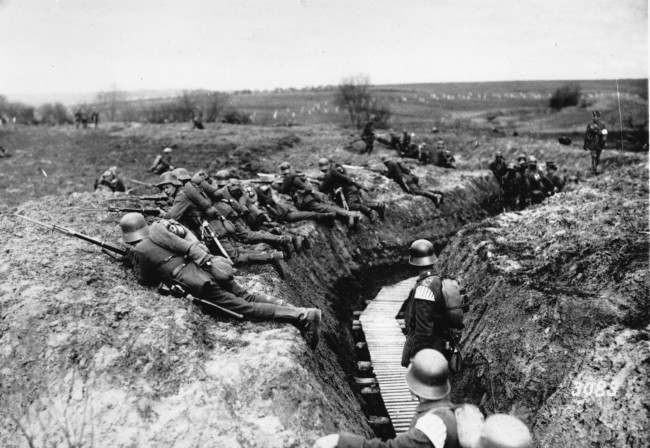
This general view shows German shock troops about to advance at the western front during World War I.
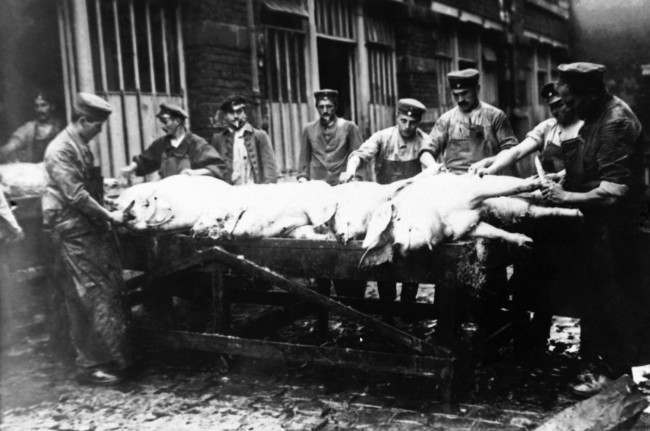
German army slaughtered pigs at Lille, France during World War I, in an undated photo.
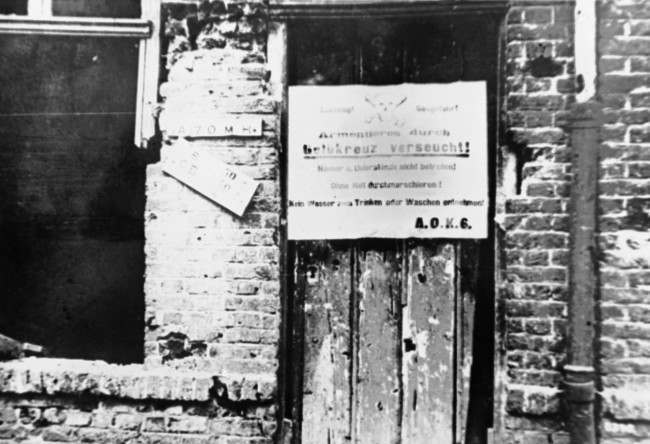
The gas war starts: German notices are posted up by German troops who fought at Armentiere, France in an undated photo, warning their comrades not to enter any houses or dug outs nor to drink the water. (AP Photo)
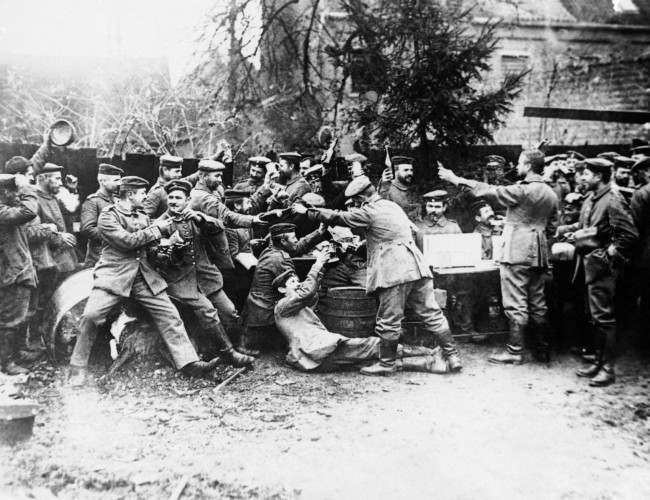
Germans celebrating Christmas in 1914.
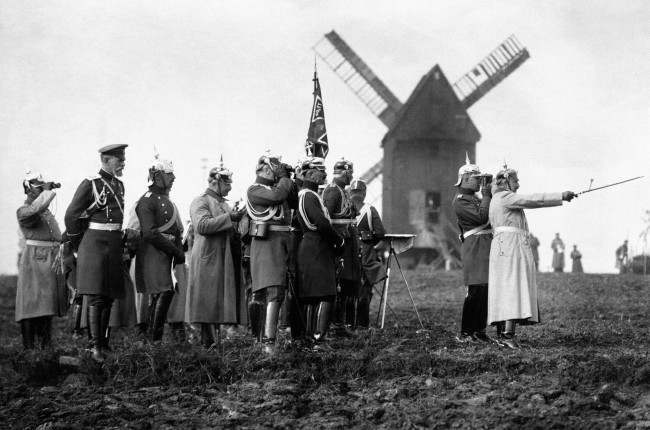
Kaiser Wilhelm II (right) and high-ranking German Army officers observe German Army maneuvers from beside a windmill before the outbreak of the First World War.
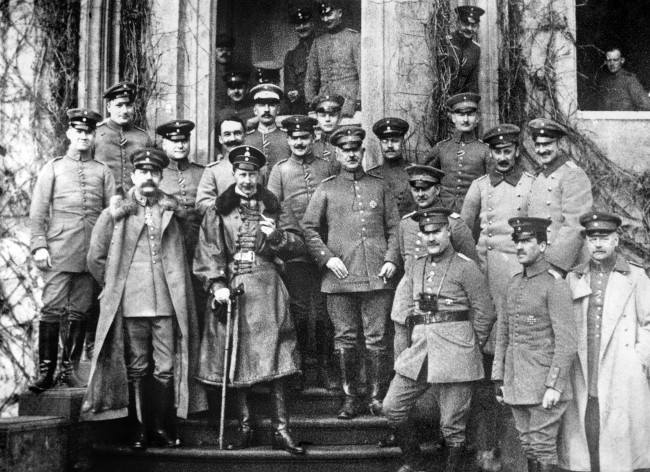
The Crown Prince Wilhelm at his temporary residence, surrounded by his staff officers. 1914
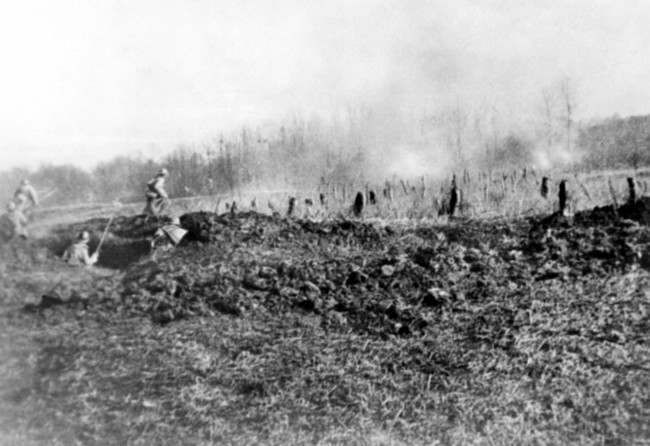
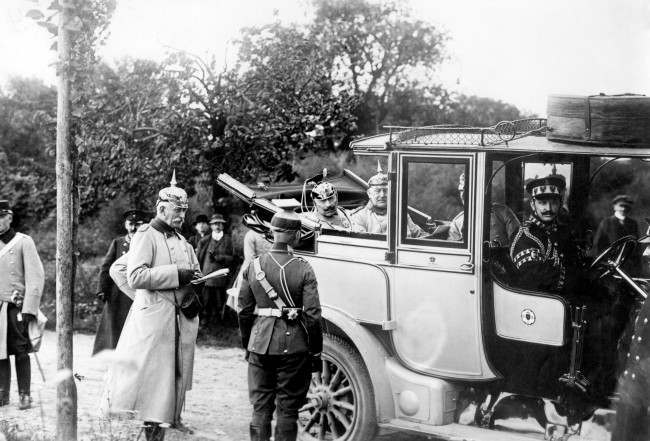
Kaiser Wilhelm II asks a German officer about the position of the Red Army. 1915
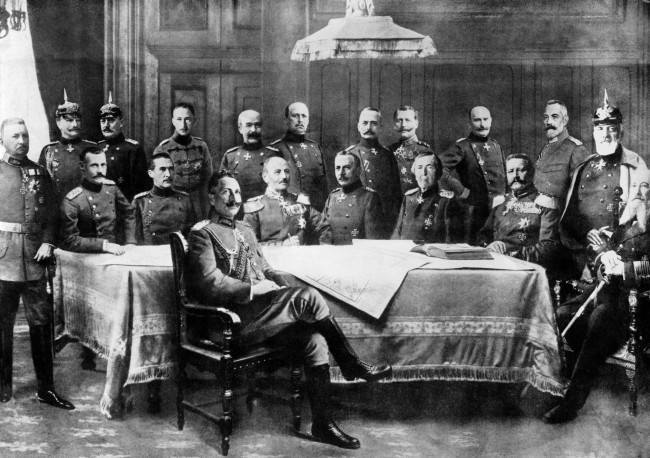
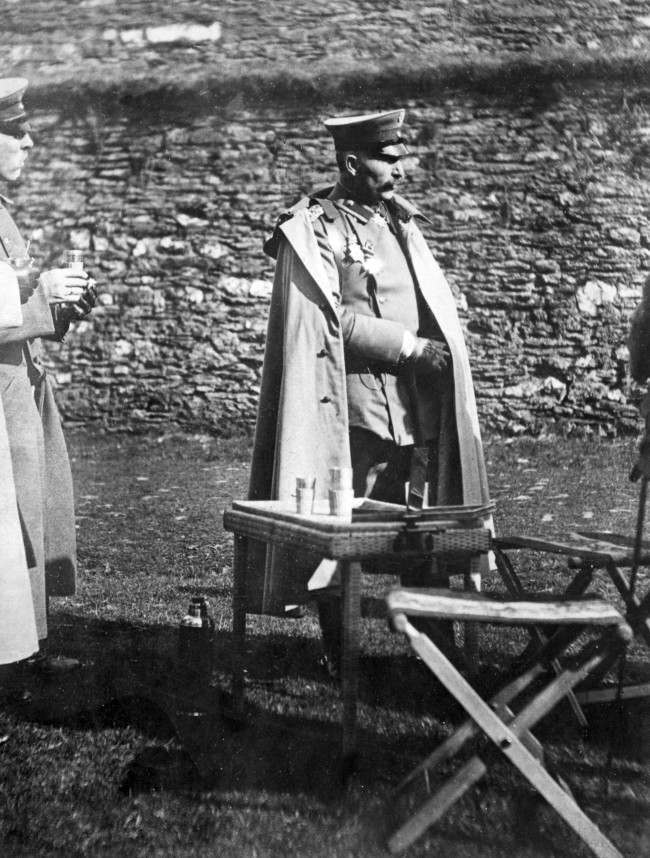
Kaiser Wilhelm II of Germany sets the Thermos fashion for Zeppelin Huns who raided London. 1915
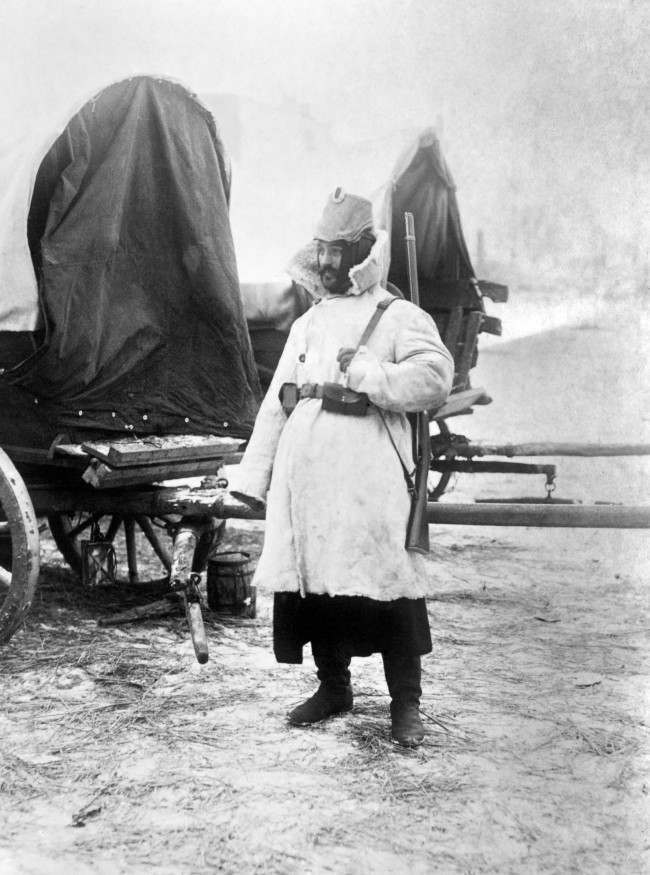
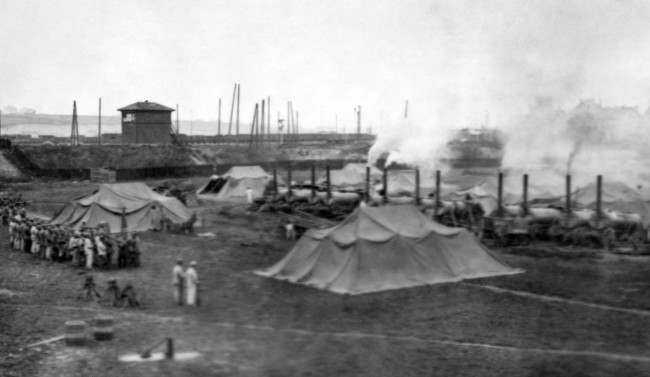
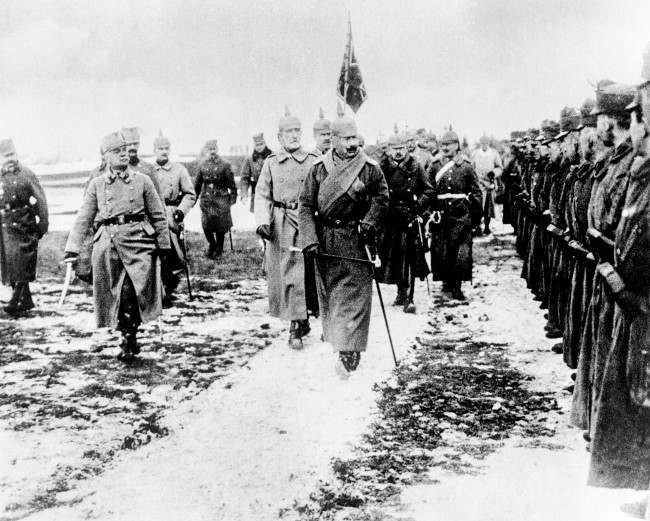
Kaiser Wilhelm II reviewing Austro-Hungarian troops. 1916
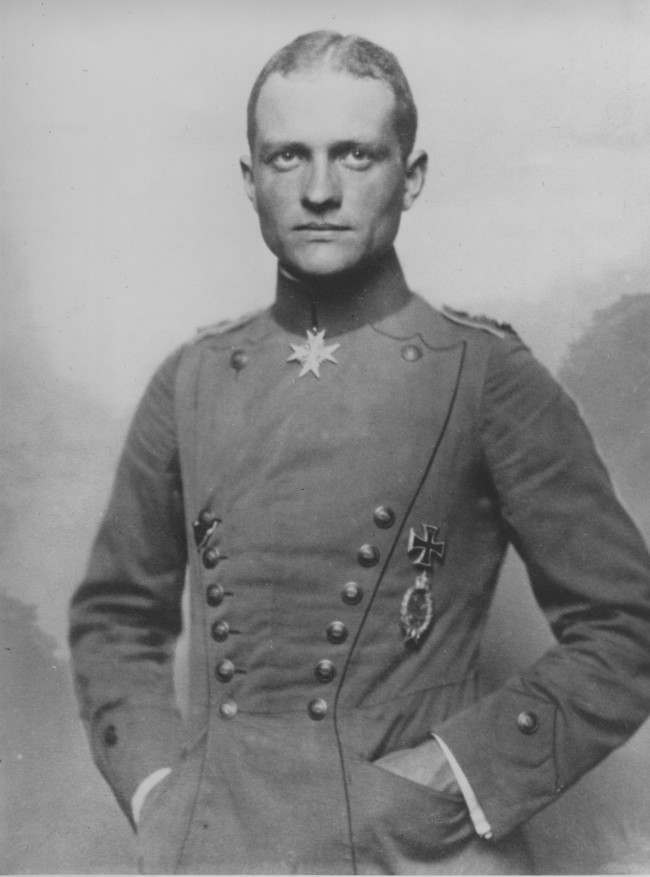
Baron Manfred von Richthofen, leader of Germany’s Flying Circus and airplane ace known as the “Red Baron” during World War I, is shown in this photo. The ace flyer, whose planes were painted red, was nicknamed the “Red Baron” by the British. (AP Photo)
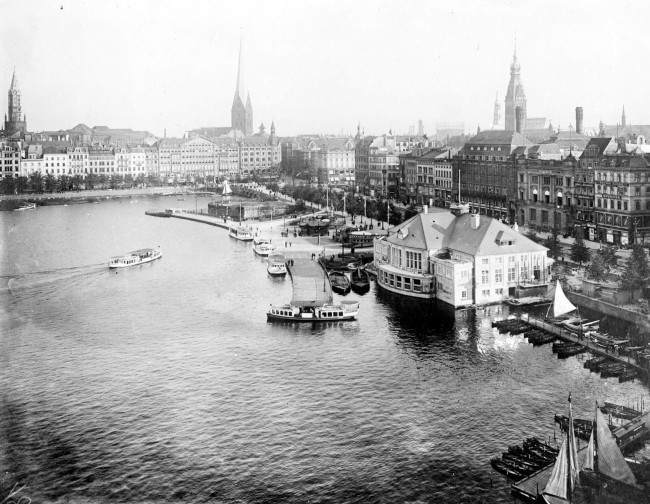
A general view of Hamburg, Germany.
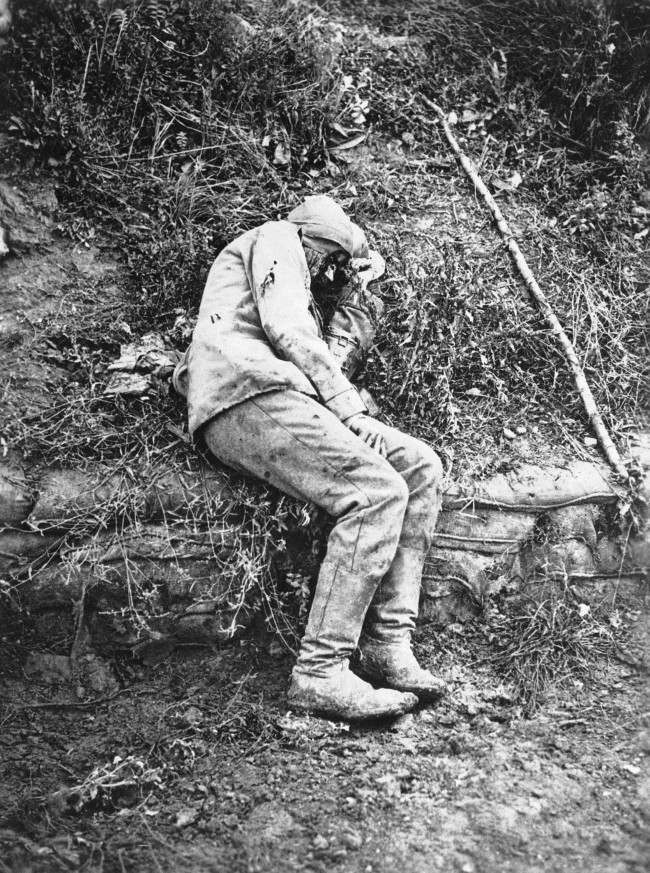
Badly wounded WWI German army left behind to be picked up by ambulance. (AP Photo)
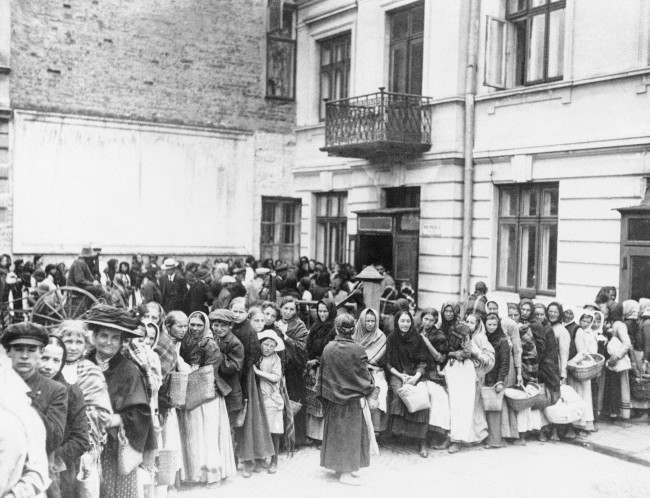
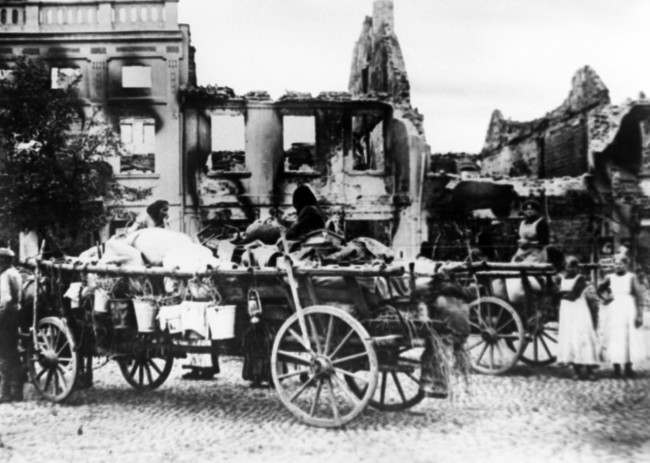
Civilians with their portable possessions loaded on wagons, in the ruins of a town destructed in the first sweep of the Czar’s armies into German territory in an undated photo. (AP Photo)
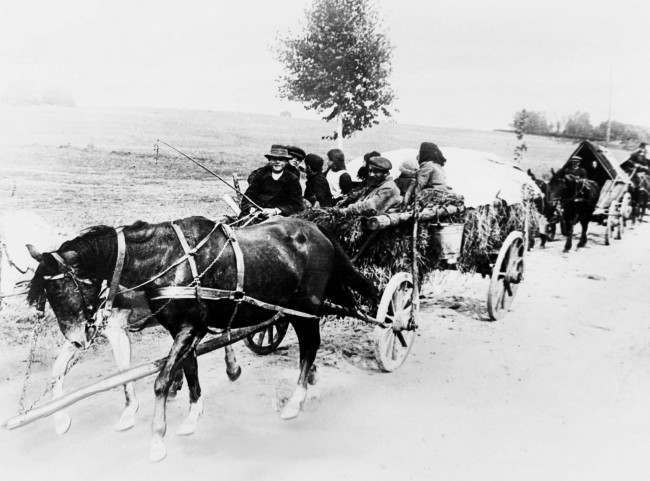
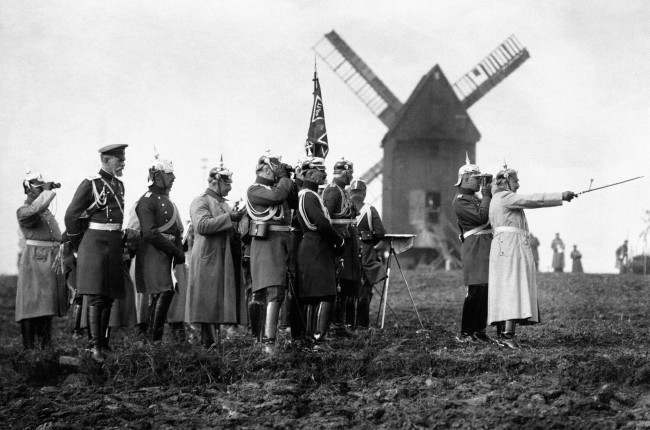

An illustration of the SMS Dresden, which was a German Imperial Navy light cruiser of the Dresden class.
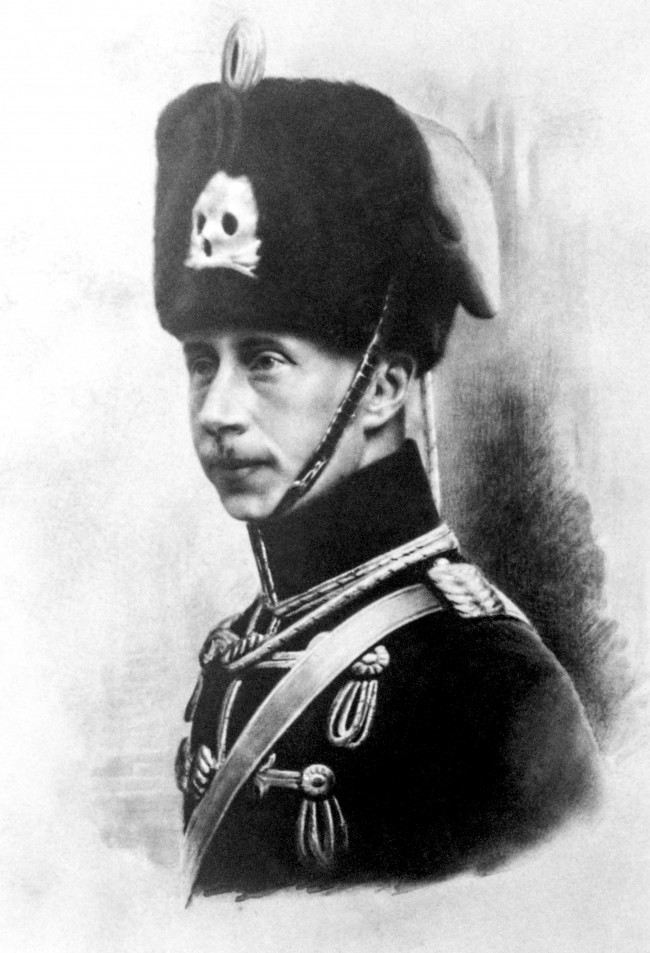
William, the Crown Prince of Germany. He was also commonly called ‘Little Willie’.
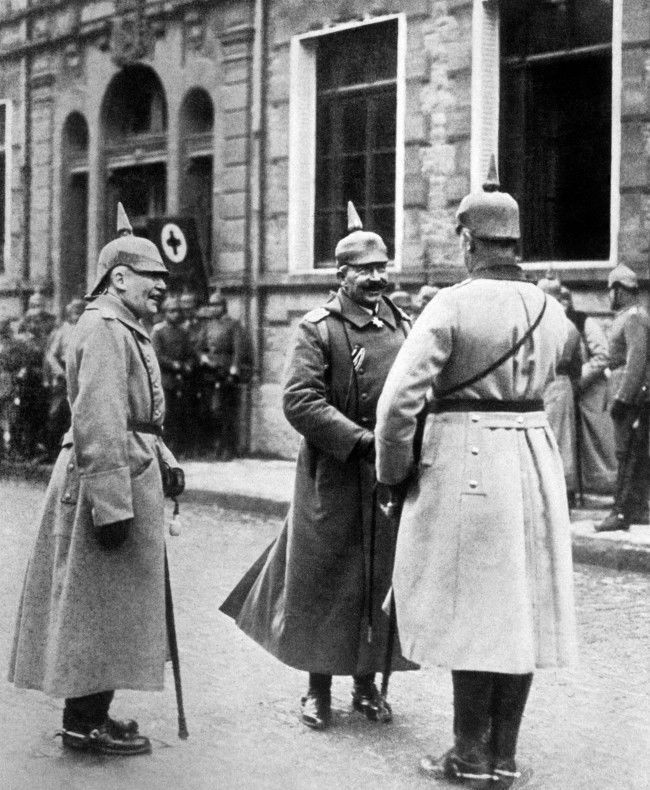
Kaiser Wilhelm II in conversation with an officer. On the left is General von Einem.
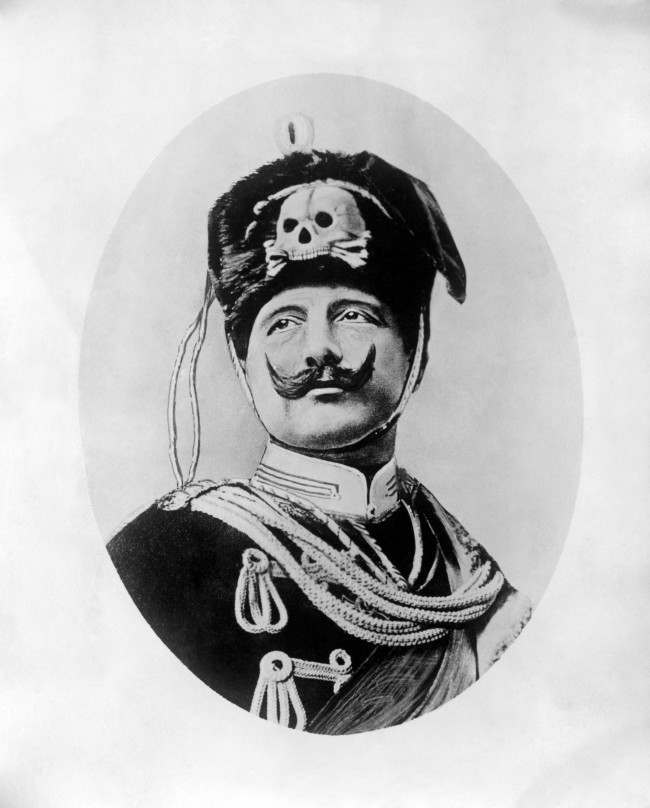
Kaiser Wilhelm II as the ‘new King of the Belgians’.

Kaiser Wilhelm II stands with officers as he prepares to inspect a group of gunners who performed well in tests of marksmanship.
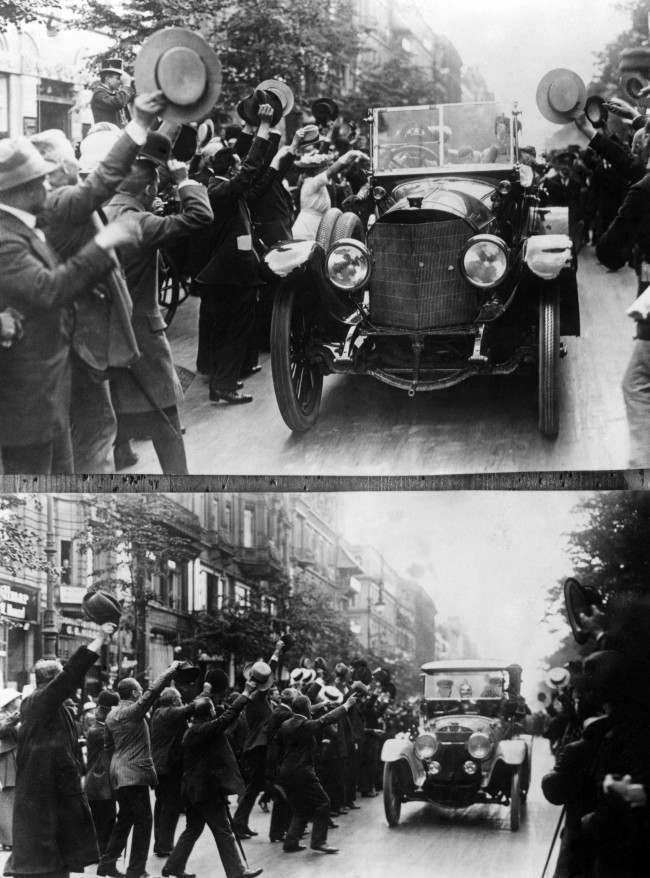
Kaiser Wilhelm II leaves Berlin for the Front.
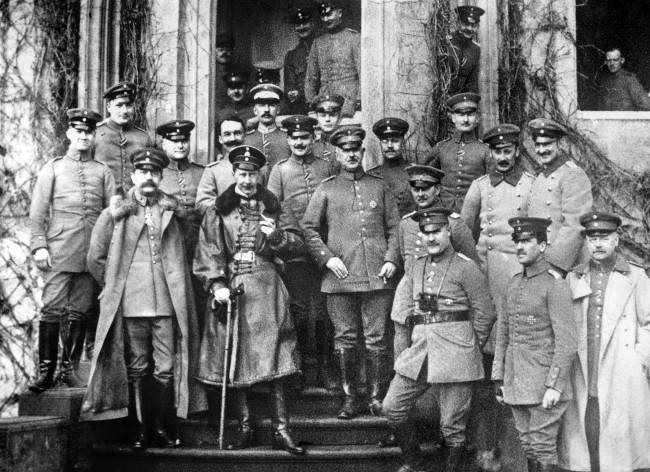
The Crown Prince Wilhelm at his temporary residence, surrounded by his staff officers.
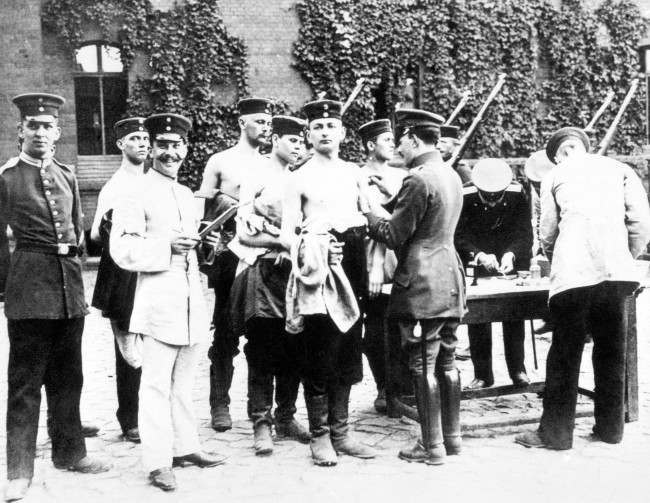
German soldiers are vaccinated in Berlin at the beginning of the First World War.
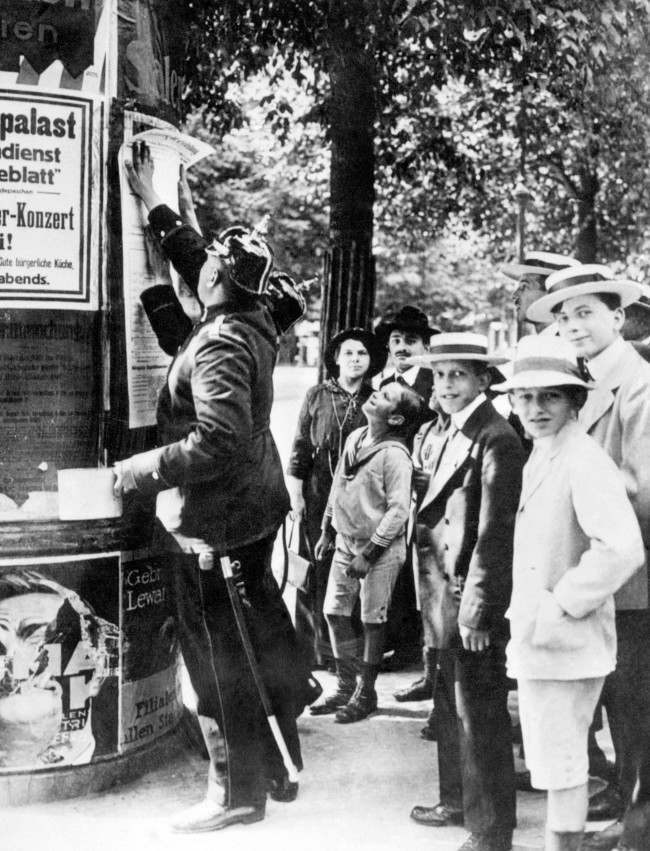
A German policeman posts a mobilisation order in Berlin at the beginning of the First World War.
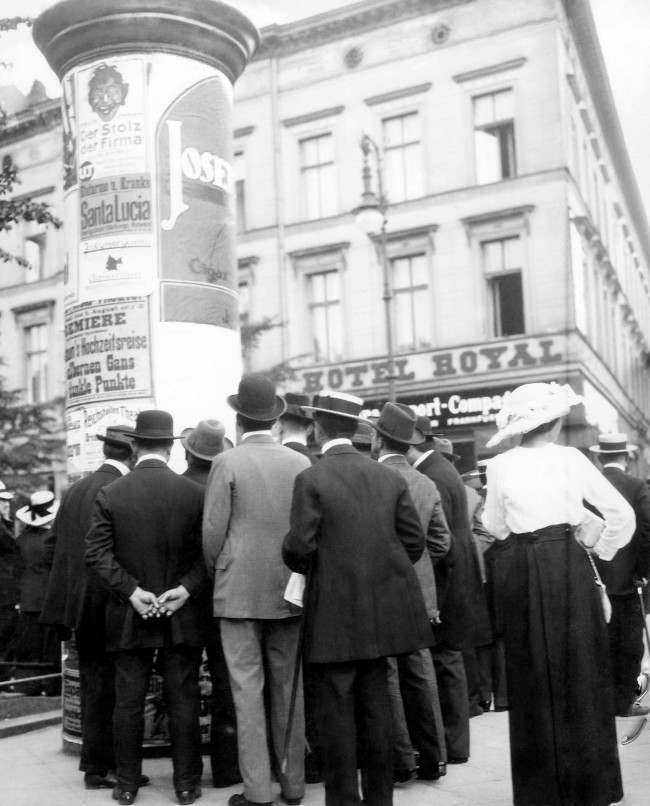
Pedestrians read war news on the Unter Den Linden in Berlin.
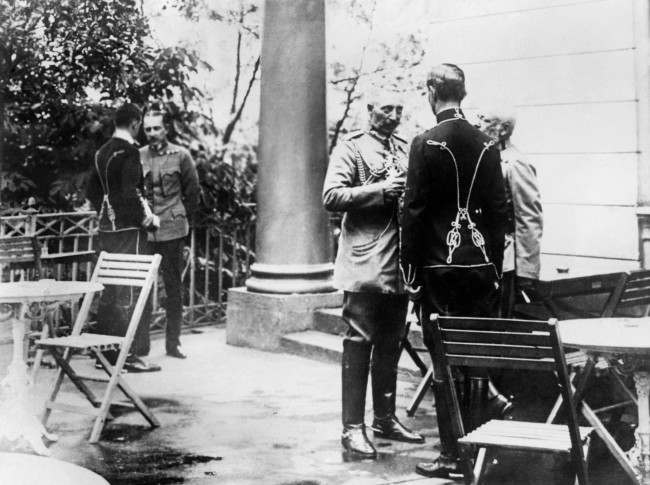
At the Austrian Headquarters, Kaiser Wilhelm II talks to the Archduke Frederick of Austria, who is celebrating his 59th birthday.
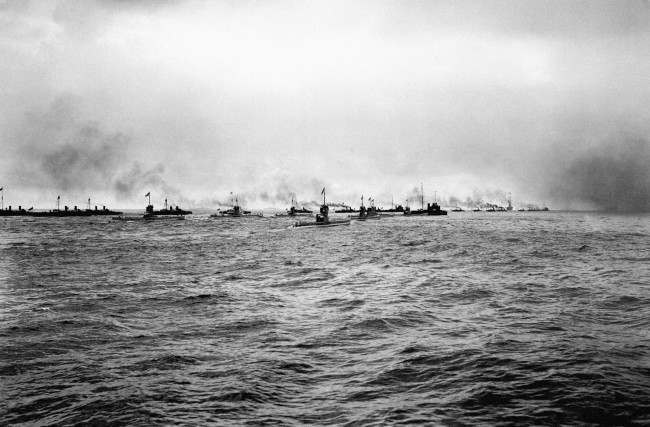
A flotilla of German submarines (U-Boats) and torpedo boats heading out to sea.
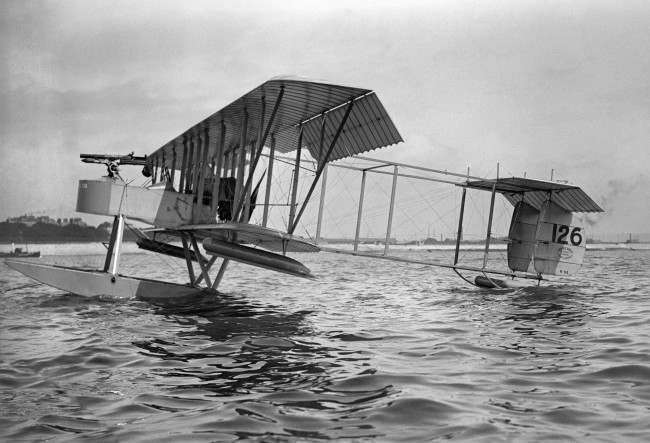
A Short Brothers S.81 Seaplane, as used during the air raid on the Zeppelin sheds at Cuxhaven, Germany in December 1914.
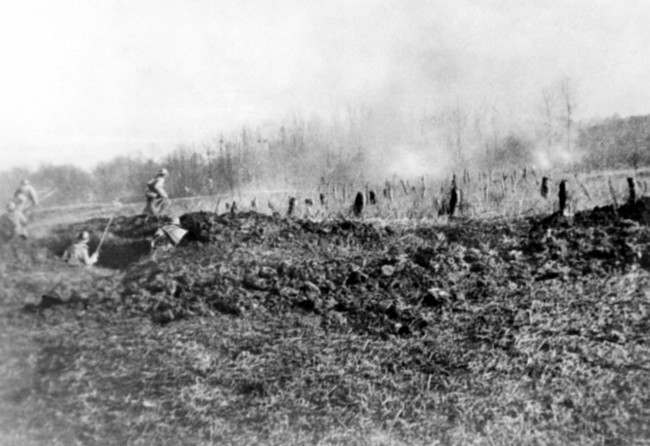
Cuirassiers on foot, advancing on the German front lines in Germany in an undated photo. (AP Photo)
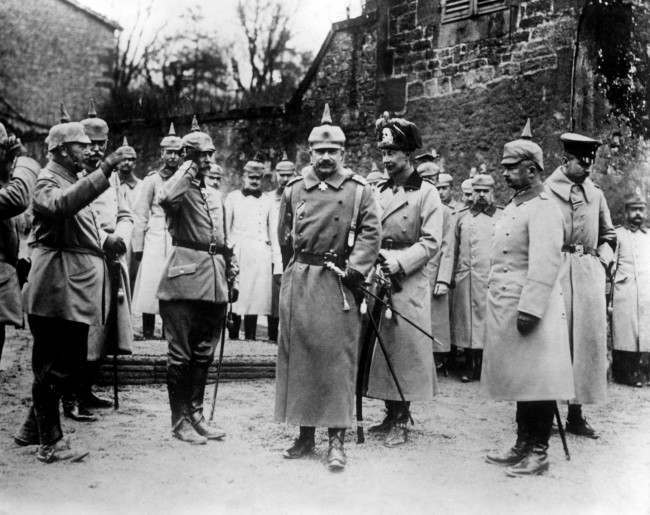
Kaiser Wilhelm II, Crown Prince Wilhelm and Prince Oscar (far right, looking down), standing in front of the Crown Prince’s headquarters
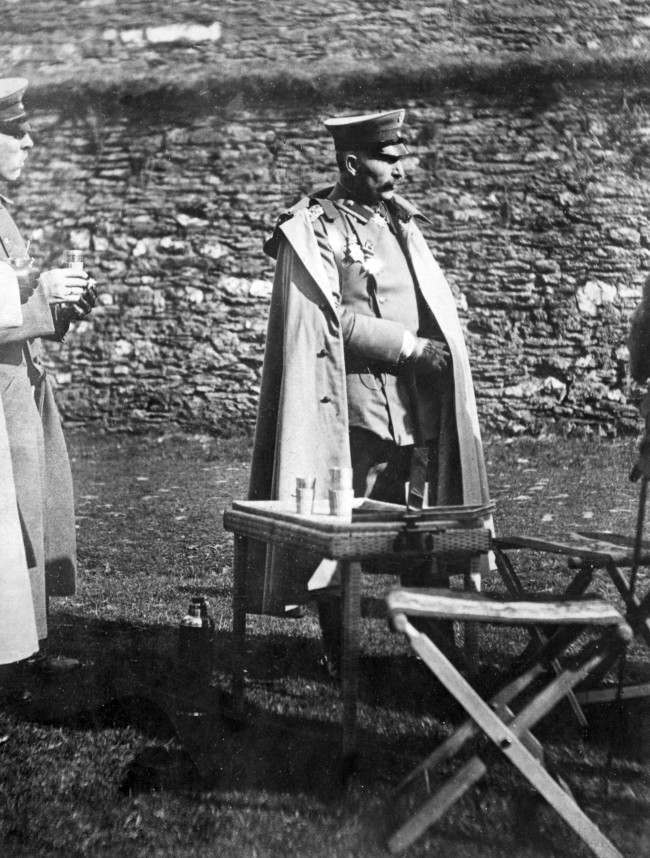
Kaiser Wilhelm II of Germany sets the Thermos fashion for Zeppelin Huns who raided London.
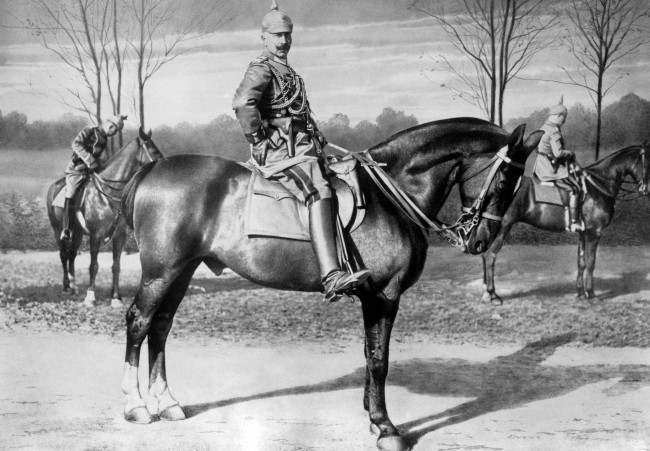
Kaiser Wilhelm II on horseback in 1915.
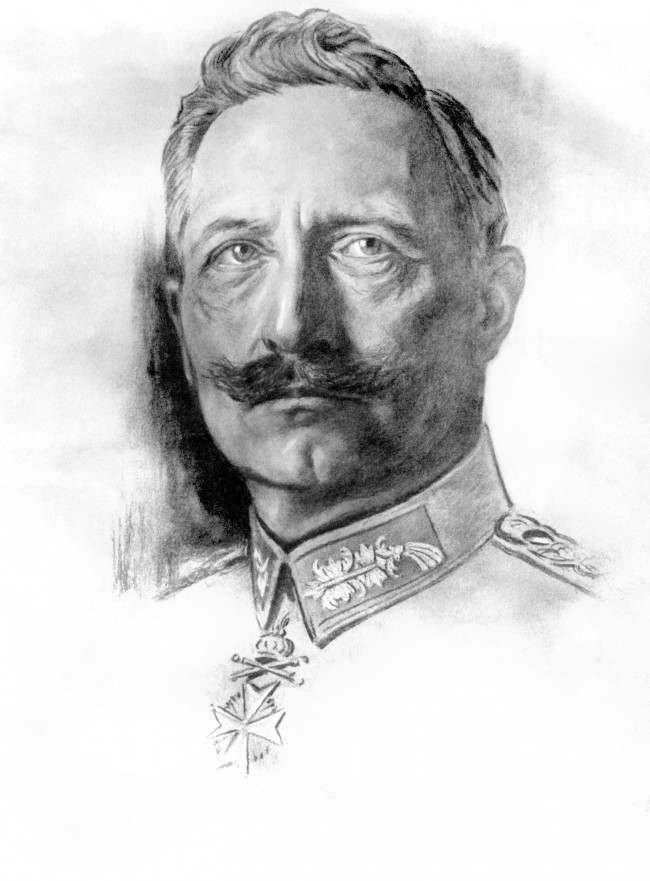
A drawing of Kaiser Wilhelm II by war artist Willy Scheuermann.
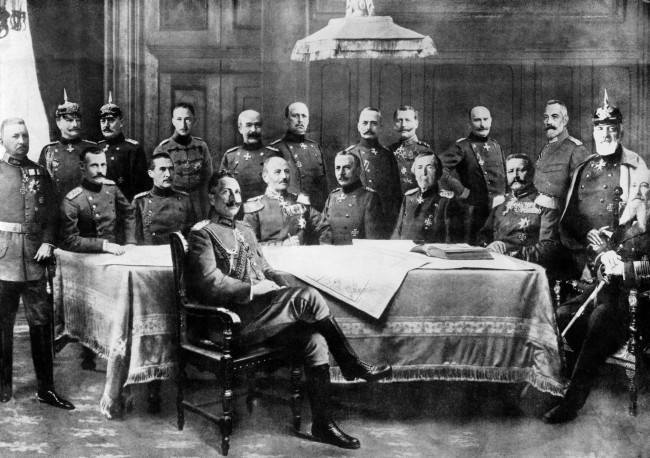
Kaiser Wilhelm II surrounded by his general staff. Standing (from left to right): Bulow, Mackensen, Molkte, Crown Prince Wilhelm, General Francois, Lumenoff, Falkennayn, Einem, Baseler, Chancellor Bathmann Hollweg, Heringen. Seated (from left to right): Crown Prince of Bavaria, Duke Wurtemburg, General Kluck, Emmich, Haeseler, Hindenburg, Admiral Tirpitz.
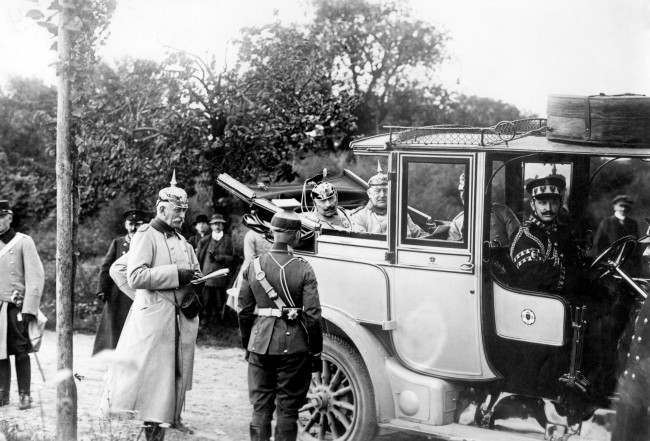

A blindfolded German prisoner is taken through the French lines.

German soldiers wearing their new helmets, which have been modified to remove the spike.

A German soldier of the Landstrum, wearing a fur coat with a Medici collar.
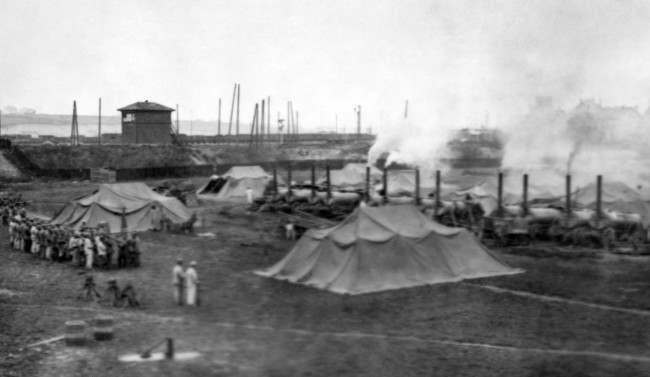
A German field bakery near Conflans in France. 1915
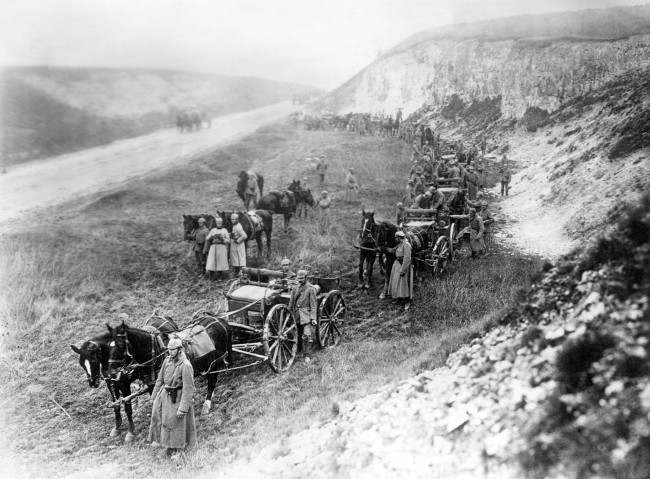
A German ammunition column is transported to the firing line.
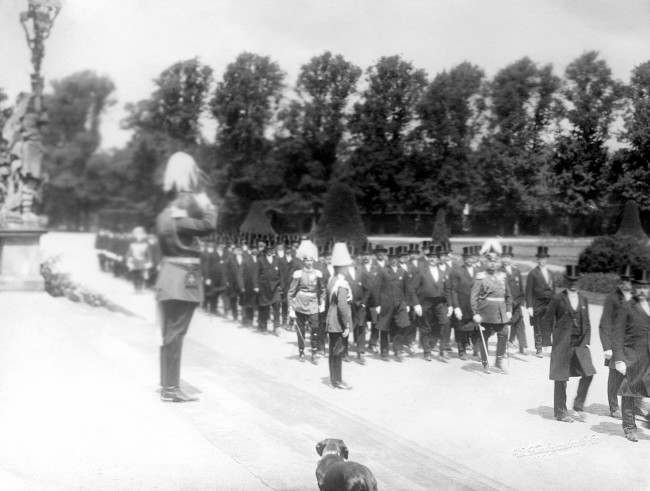
The Landstrum – The last reservists of the German Army are reviewed.
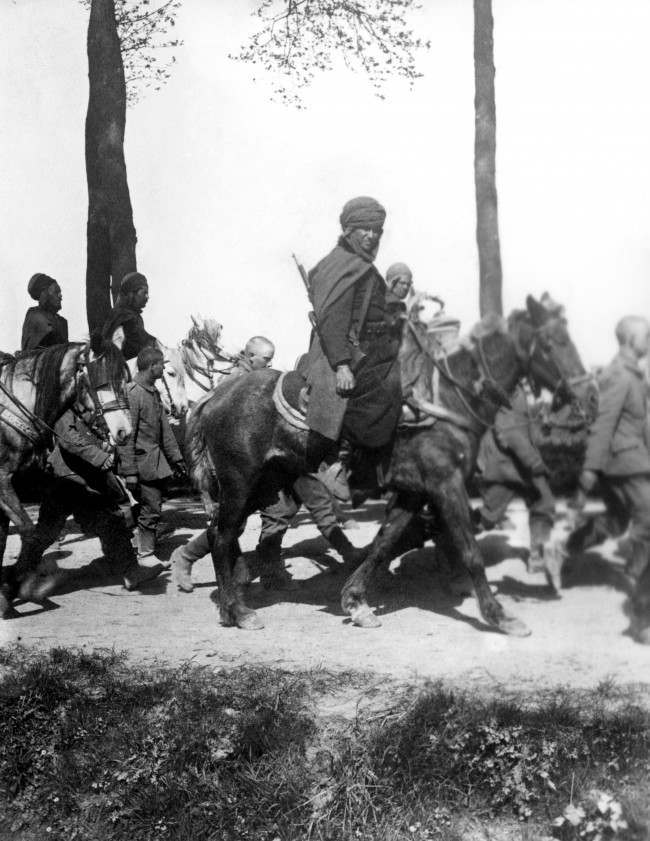
A convoy of German prisoners escorted by French Algerian Sphais, of which there were 14 regiments in the French Army.
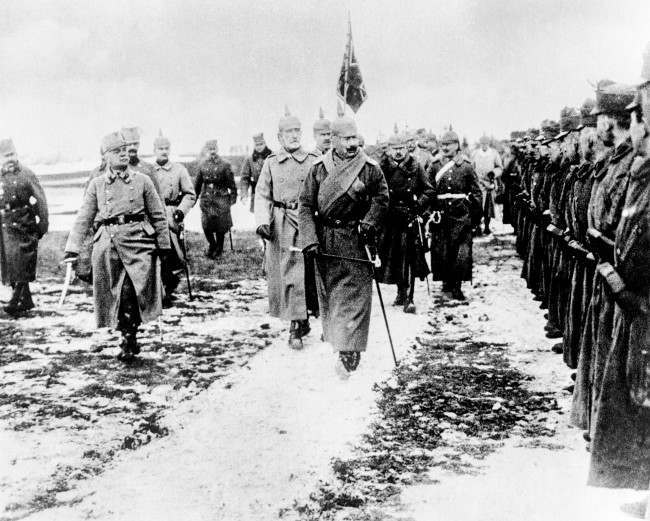
Kaiser Wilhelm II reviewing Austro-Hungarian troops. 1916
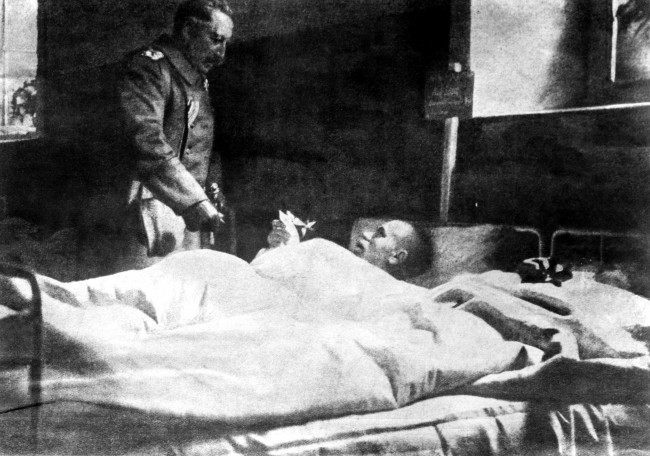
Kaiser Wilhelm II awards an Iron Cross to a wounded soldier
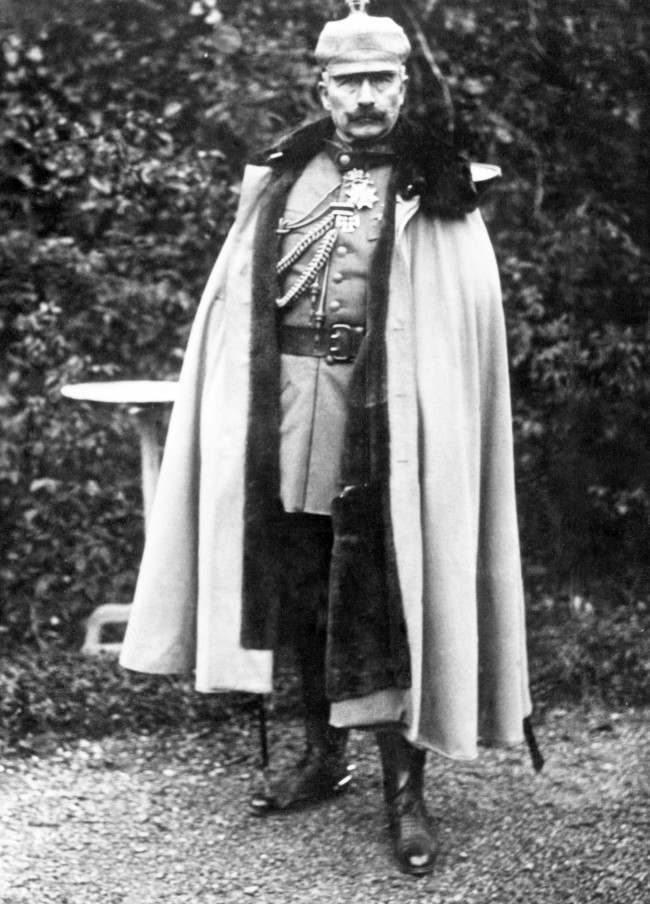
Kaiser Wilhelm II of Germany in full length pose.
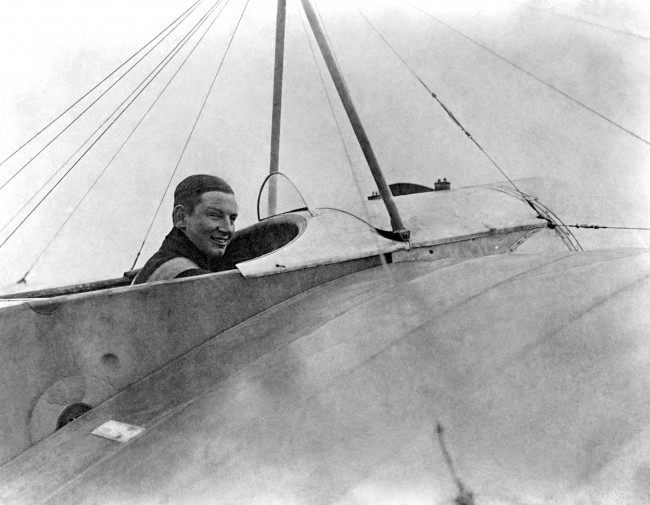
Dutch aviator Anthony Fokker at Johannesthal Aerodrome near Berlin.
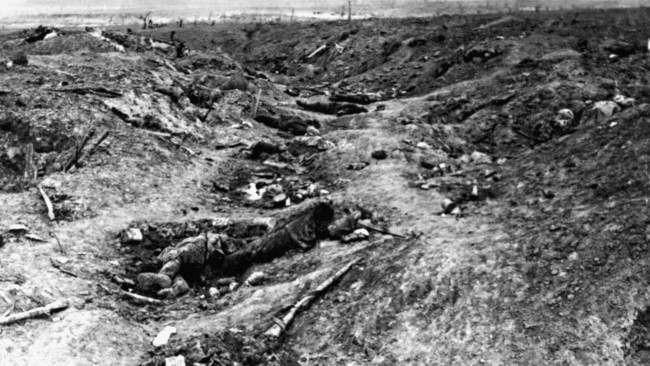
A scene in one of the German trenches in front of Guillemont, near Albert, during the Battle of the Somme. It shows the havoc wrought by the British bombardment, with German dead visible in the photograph. Guillemont was captured by the British in late September, 1916.

Princess Marie von Lobkowitz gives her hair to the German Admiralty to help make driving straps for submarines
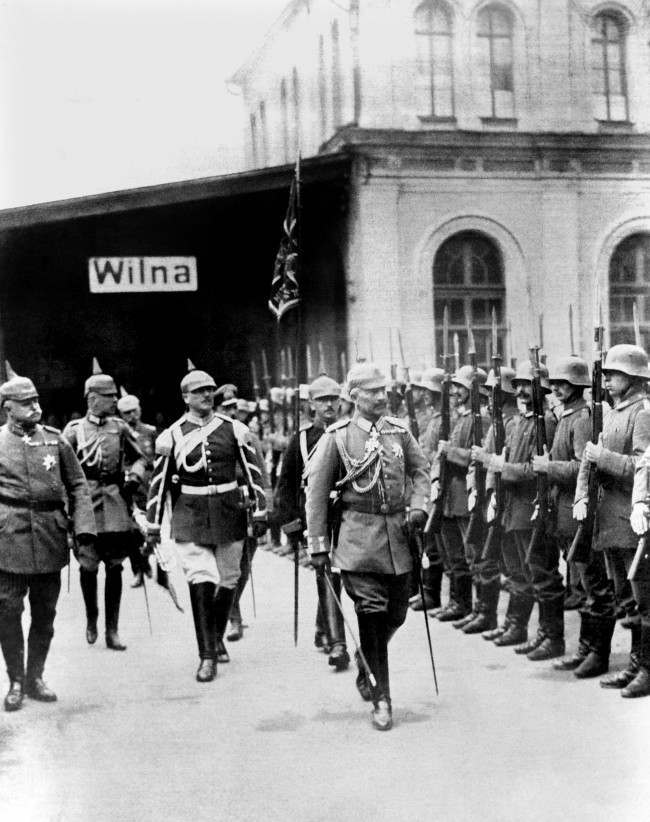
Kaiser Wilhelm II at Wilna in Poland in 1917
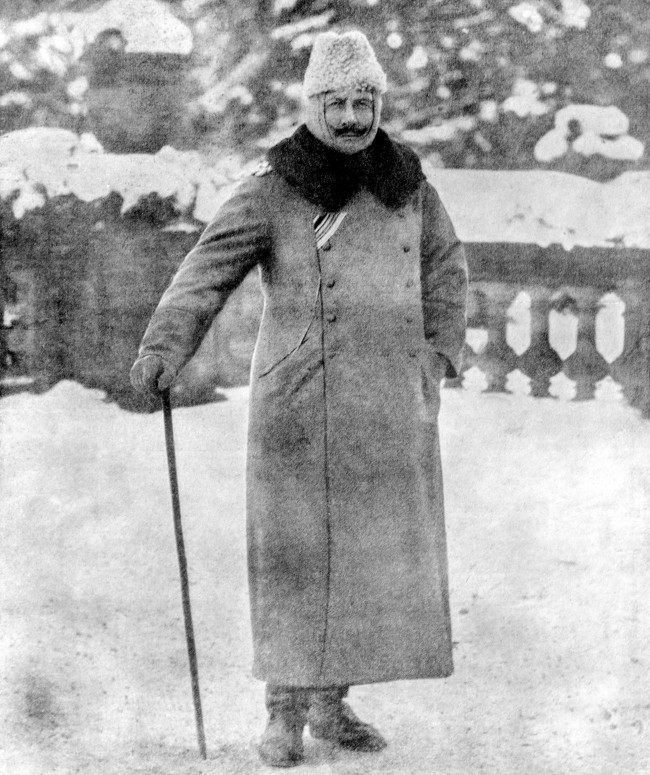
Kaiser Wilhelm II of Germany in an Astrakhan cap.
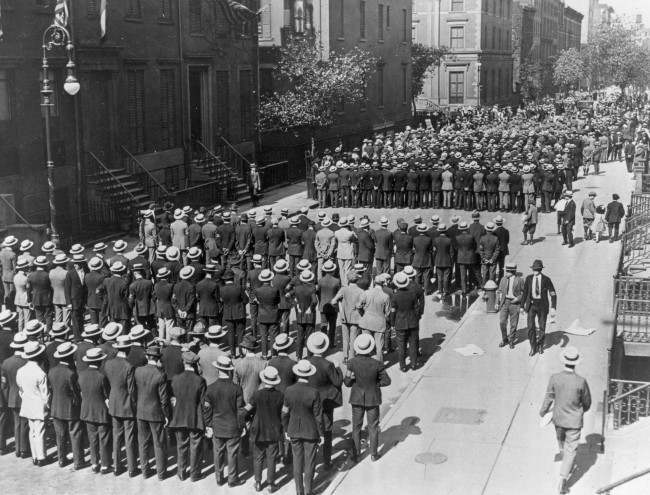
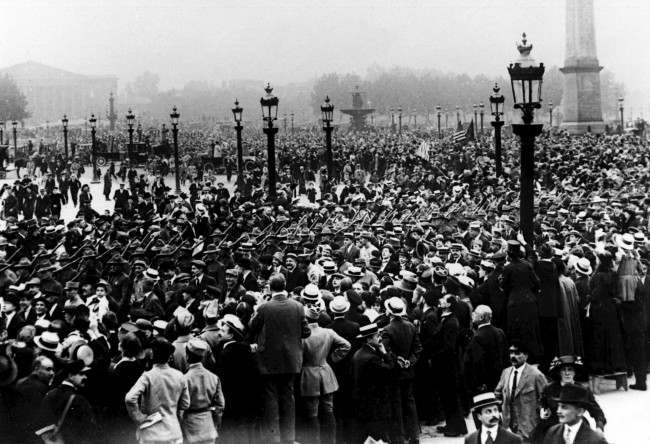
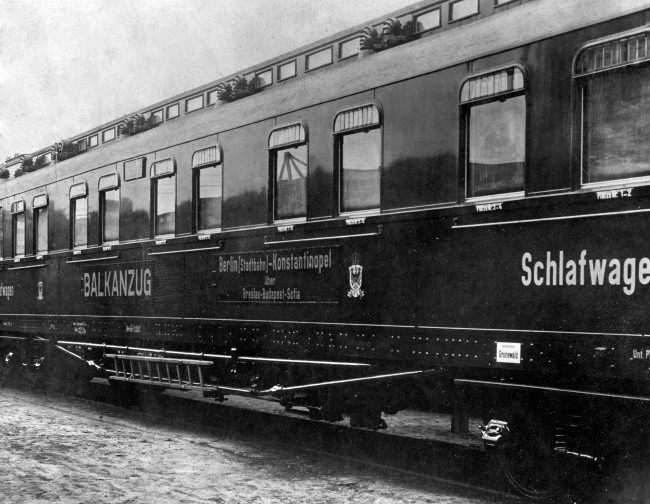
The Balkanzug train, which carried Germans to Sofia and Constantinople, until the Allies took control of the Bulgarian railways in 1918.
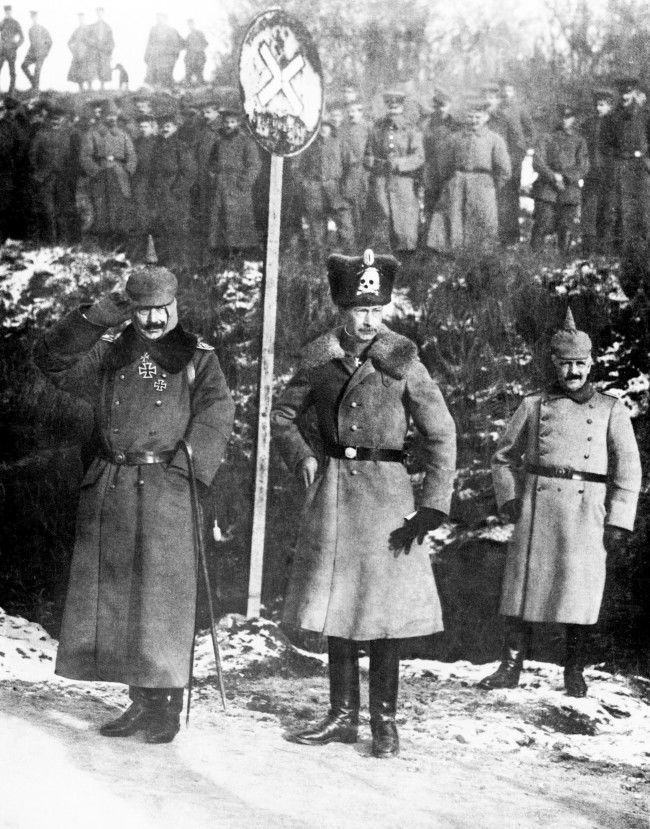
Kaiser Wilhelm II and William, the Crown Prince of Germany, on the Western Front.
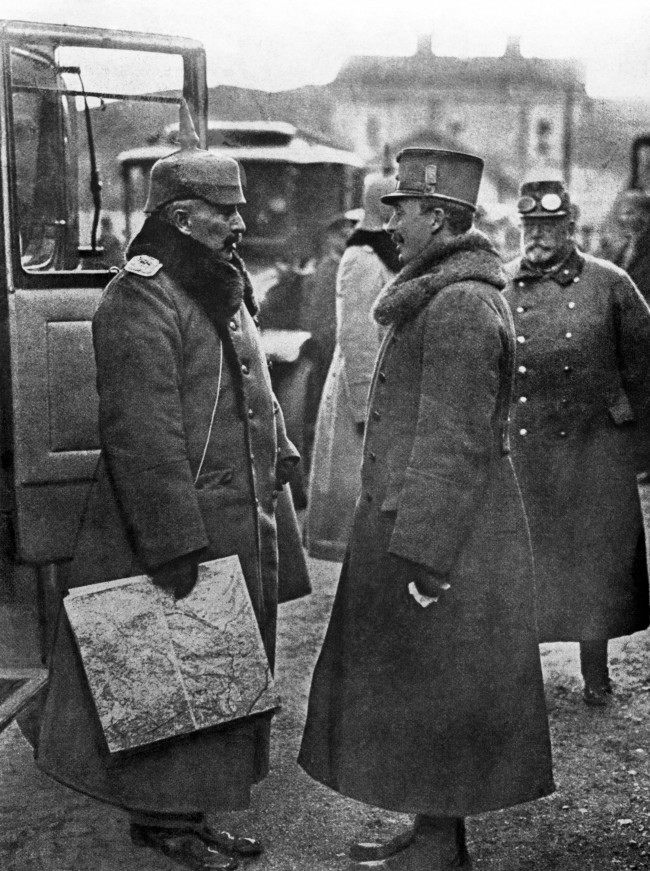
Kaiser Wilhelm II, the German Emperor, in conversation with Charles I, the Emperor of Austria, at a small railway station on the Italian Front.
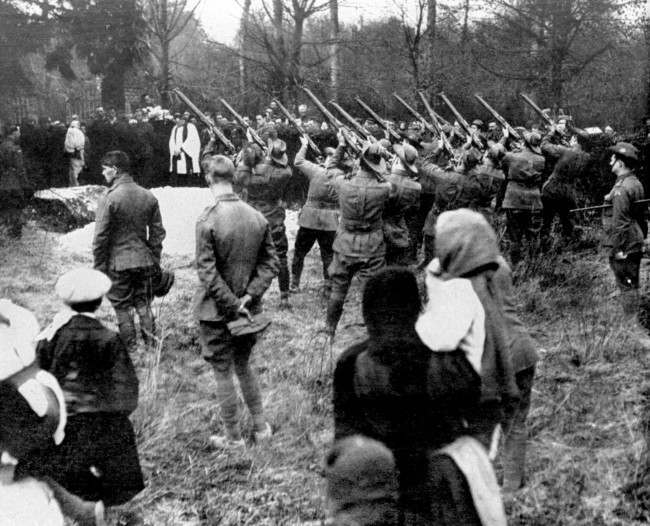
The military funeral of Baron Manfred Freiherr von Richthofen,the ‘Red Baron’, shot down on the 21st of April, 1918. At his burial at the village of Bertangles, near Amiens, riflemen from No.3 Squadron, Australian Flying Corps fired three volleys over the grave in tribute to the airman who had chalked up 80 kills.
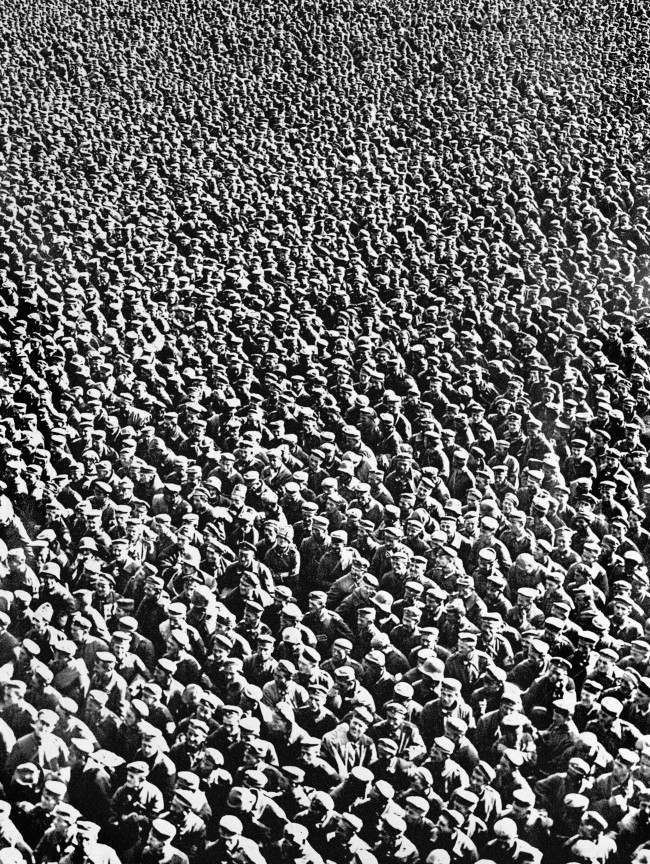
Massed German prisoners of war at a clearing station after the successful Allied offensive near Amiens in Northern France, which began on the 8th August 1918. General Ludendorff described it as ‘The Black Day of the German Army’
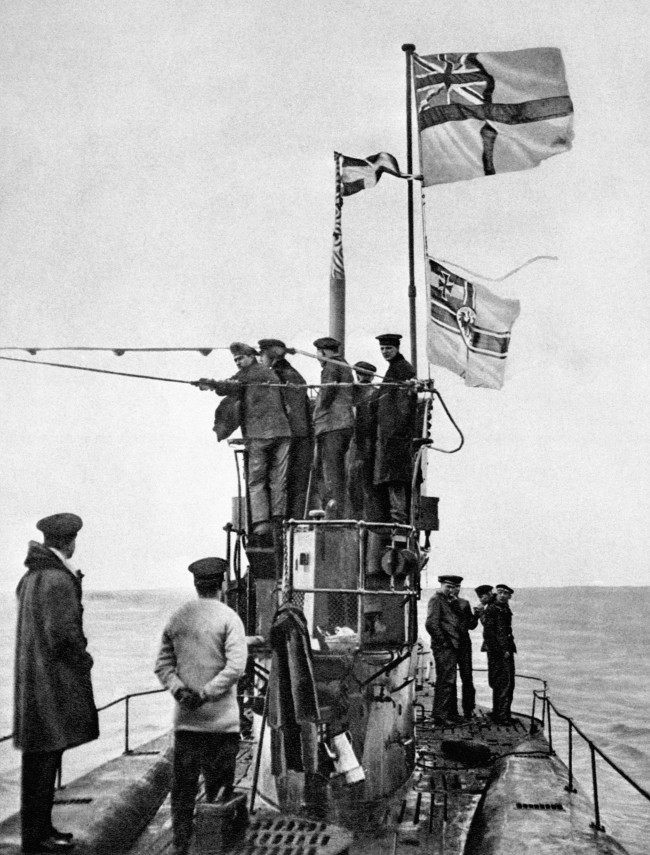
A view of the surrender of the German submarine U-48 to the Royal Navy at the Essex port of Harwich. The U-48 was one of 39 U-Boats to surrender, most of them in perfect condition. The White Ensign can be seen flying above the Imperial German Navy flag.
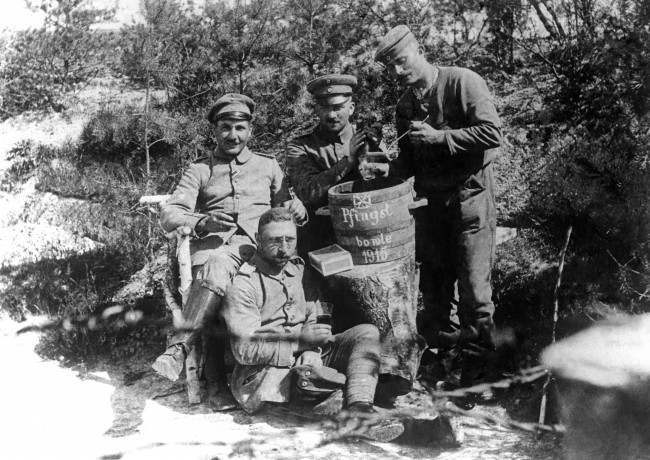
Would you like to support Flashbak?
Please consider making a donation to our site. We don't want to rely on ads to bring you the best of visual culture. You can also support us by signing up to our Mailing List. And you can also follow us on Facebook, Instagram and Twitter. For great art and culture delivered to your door, visit our shop.

